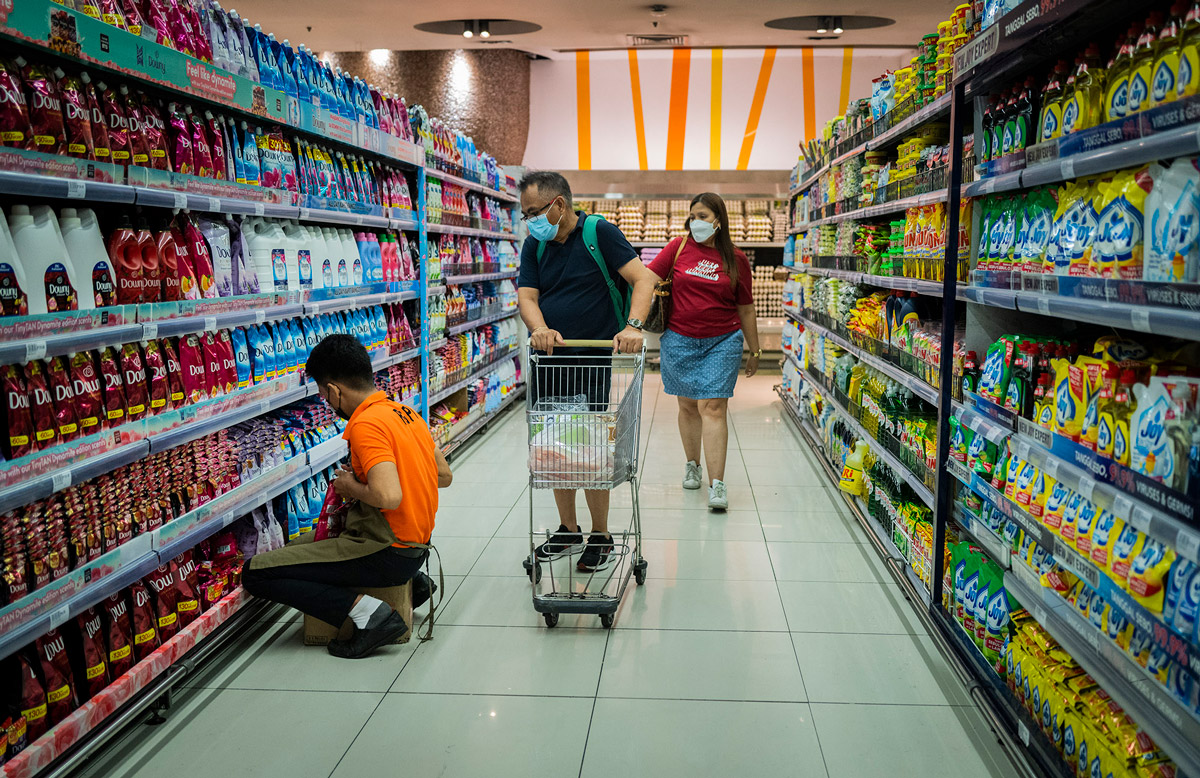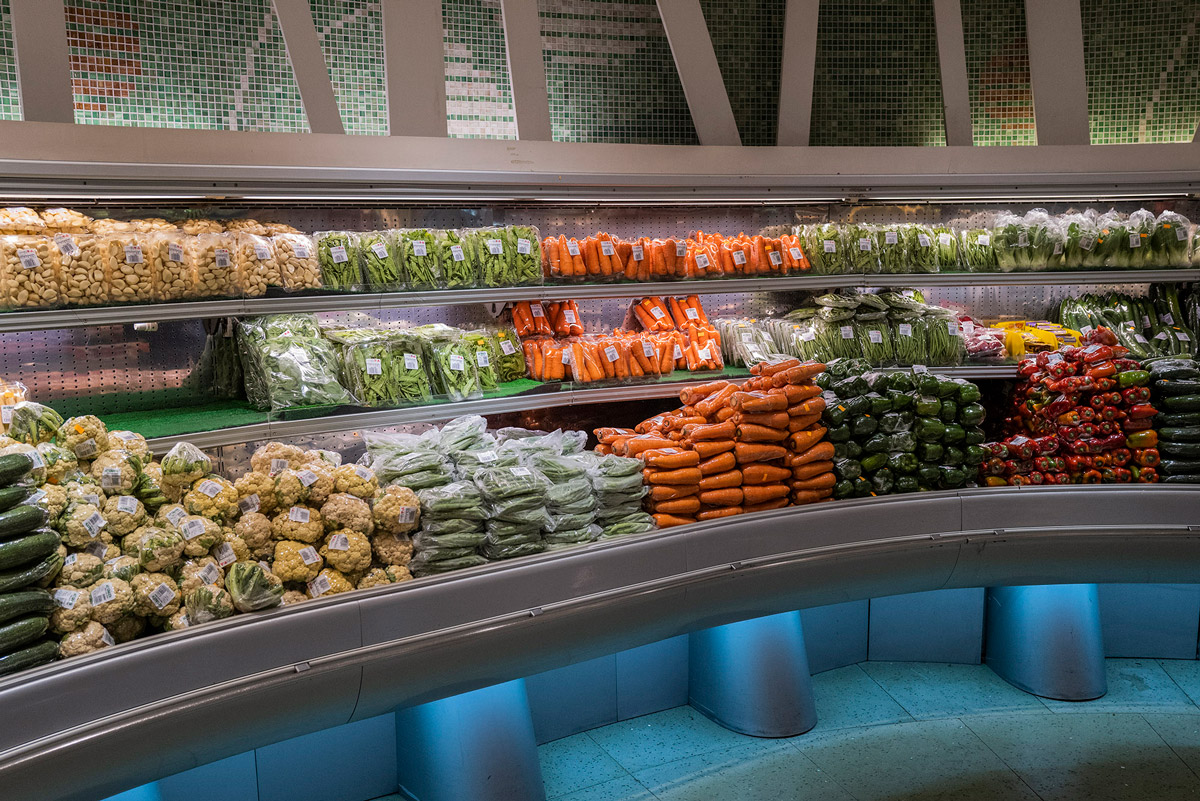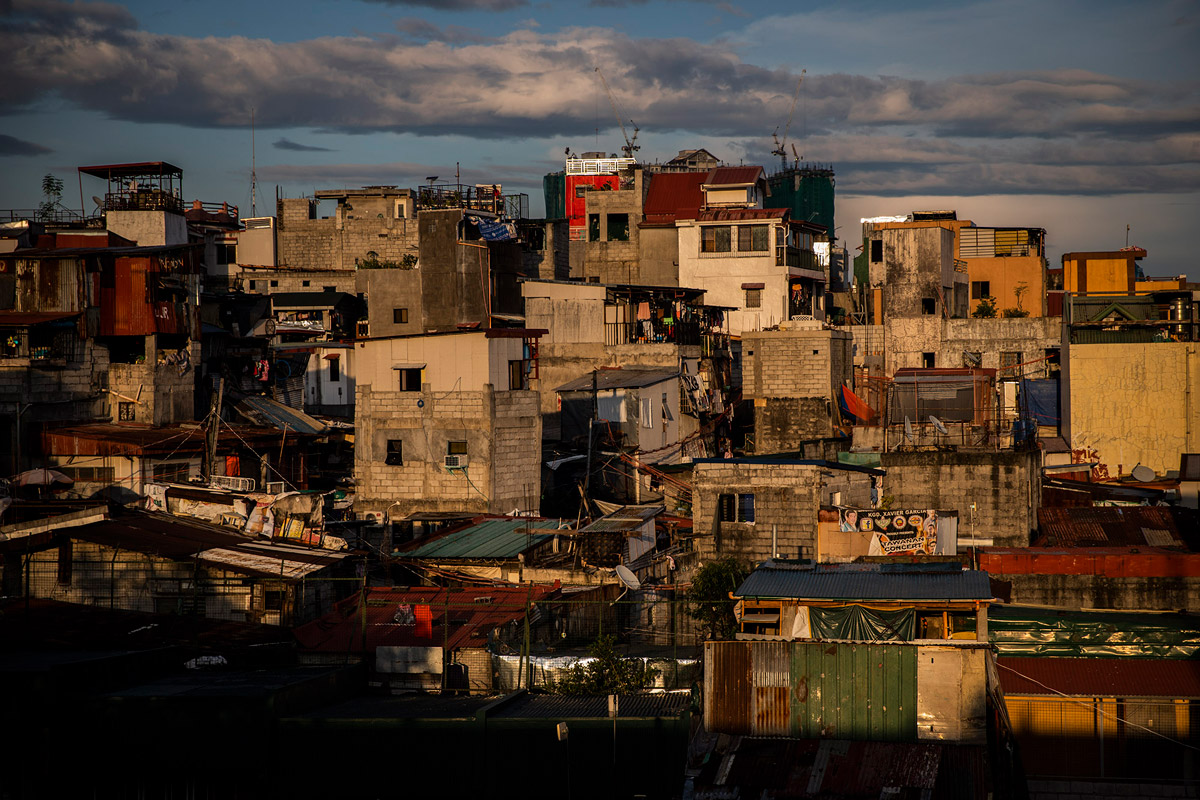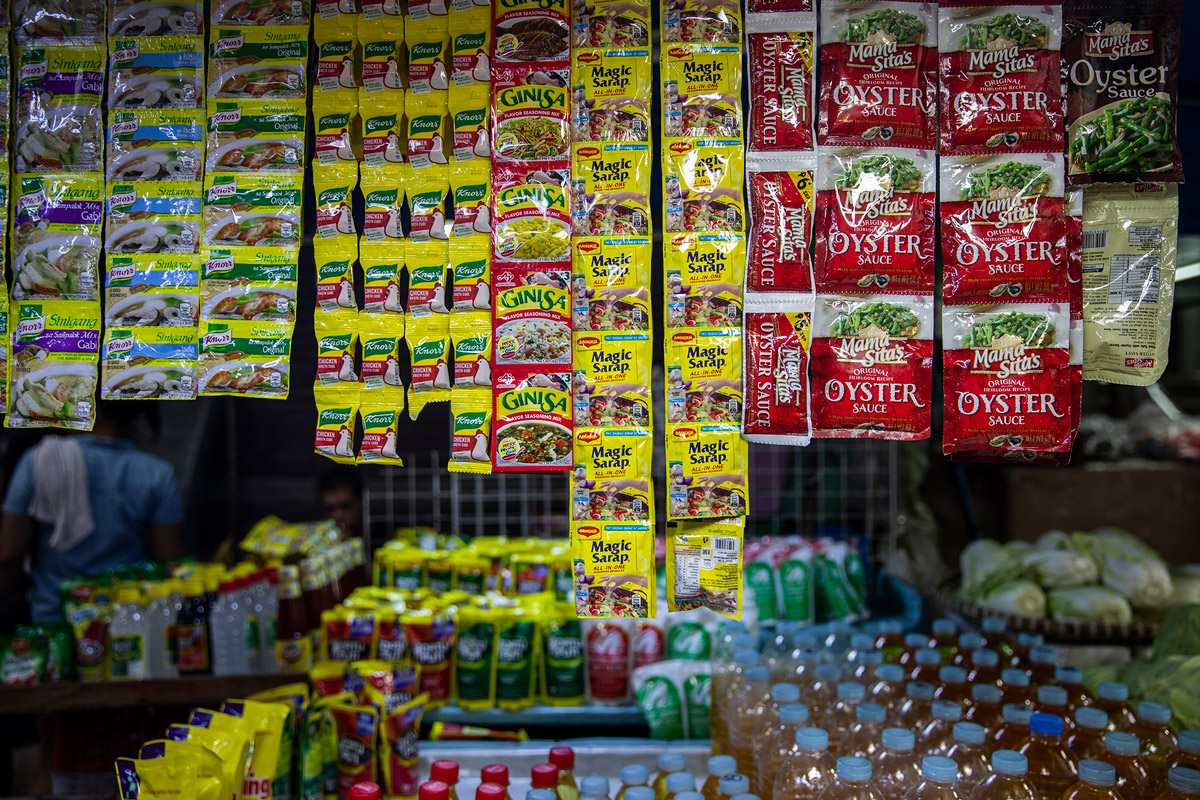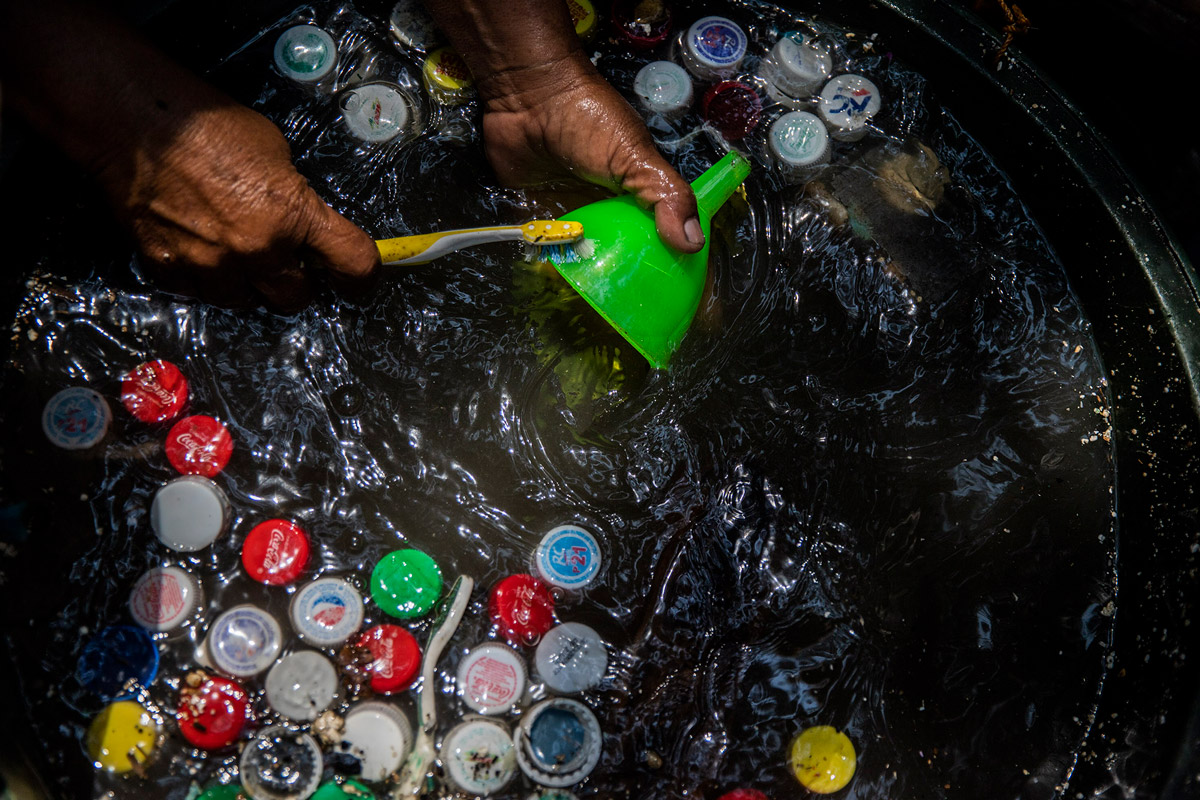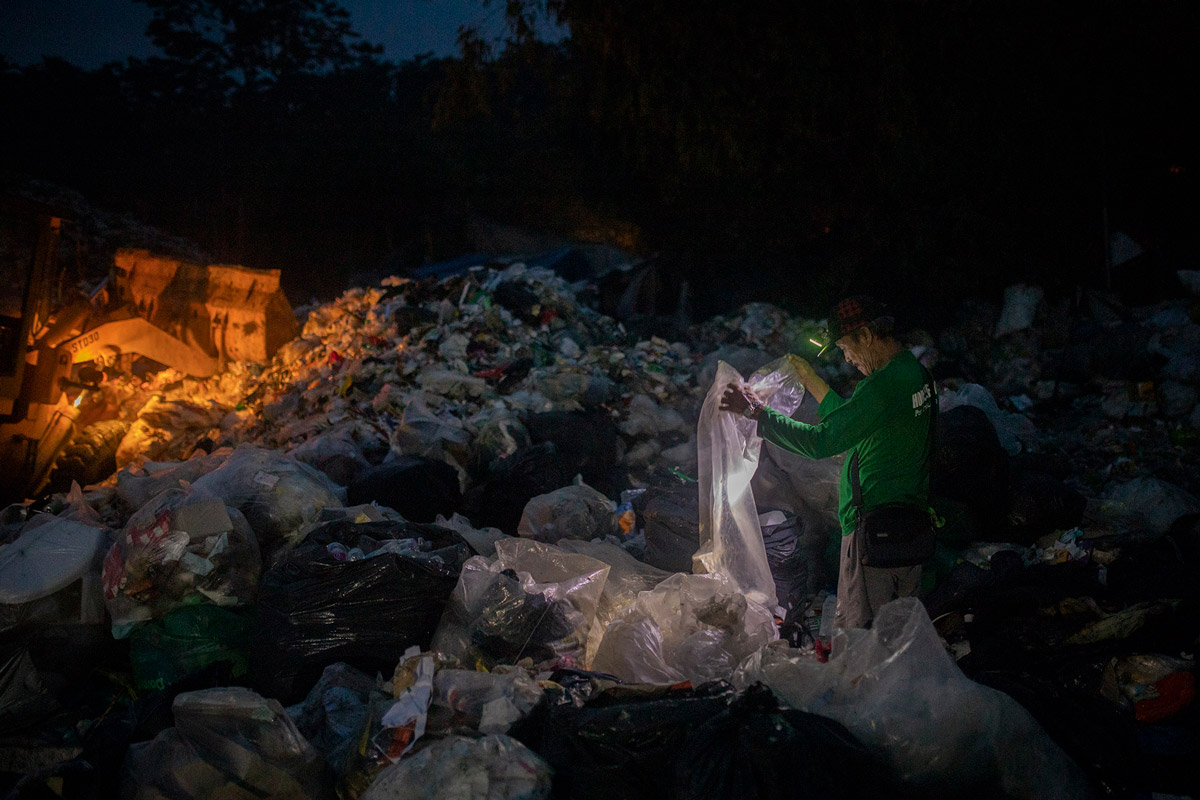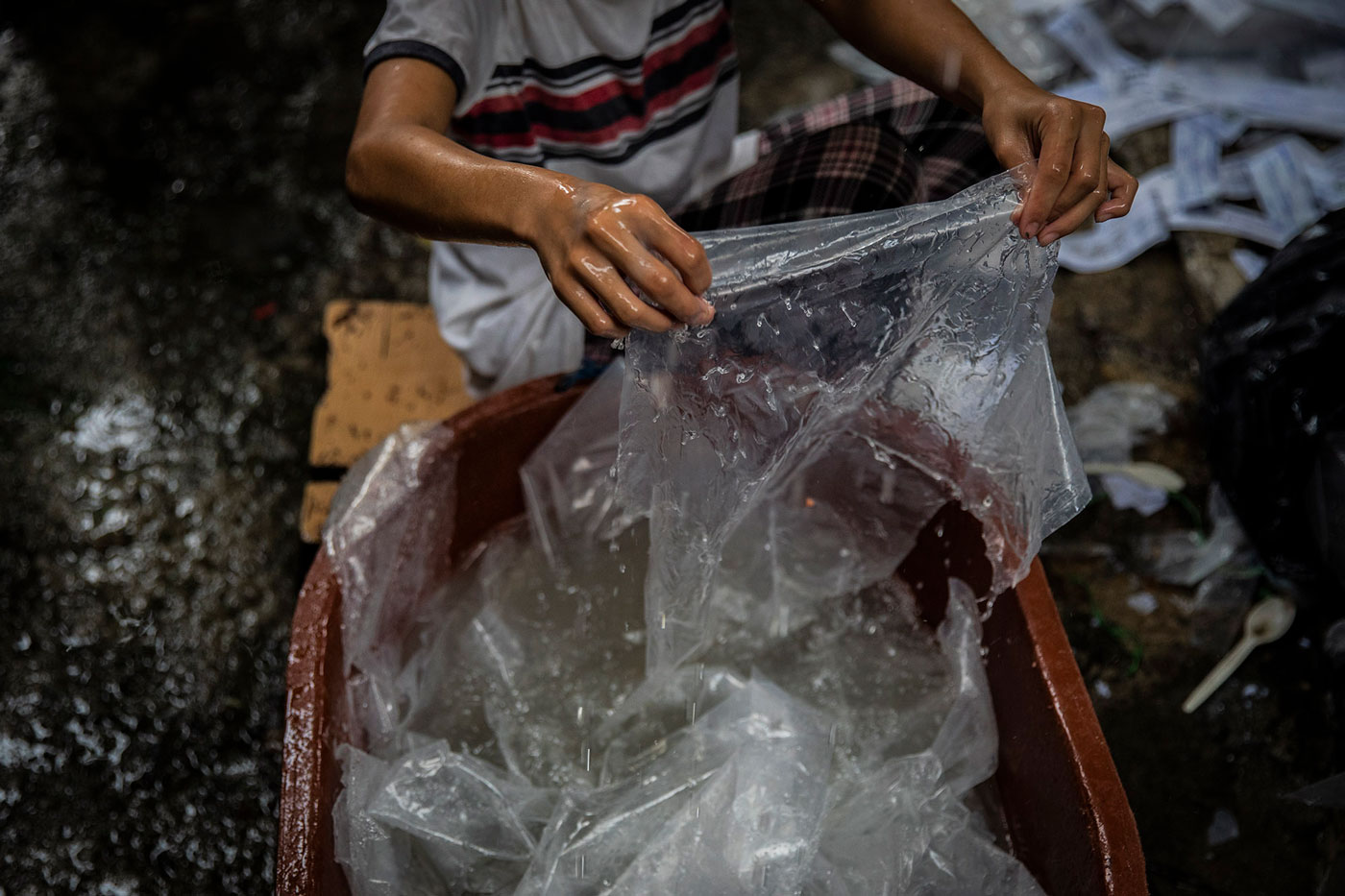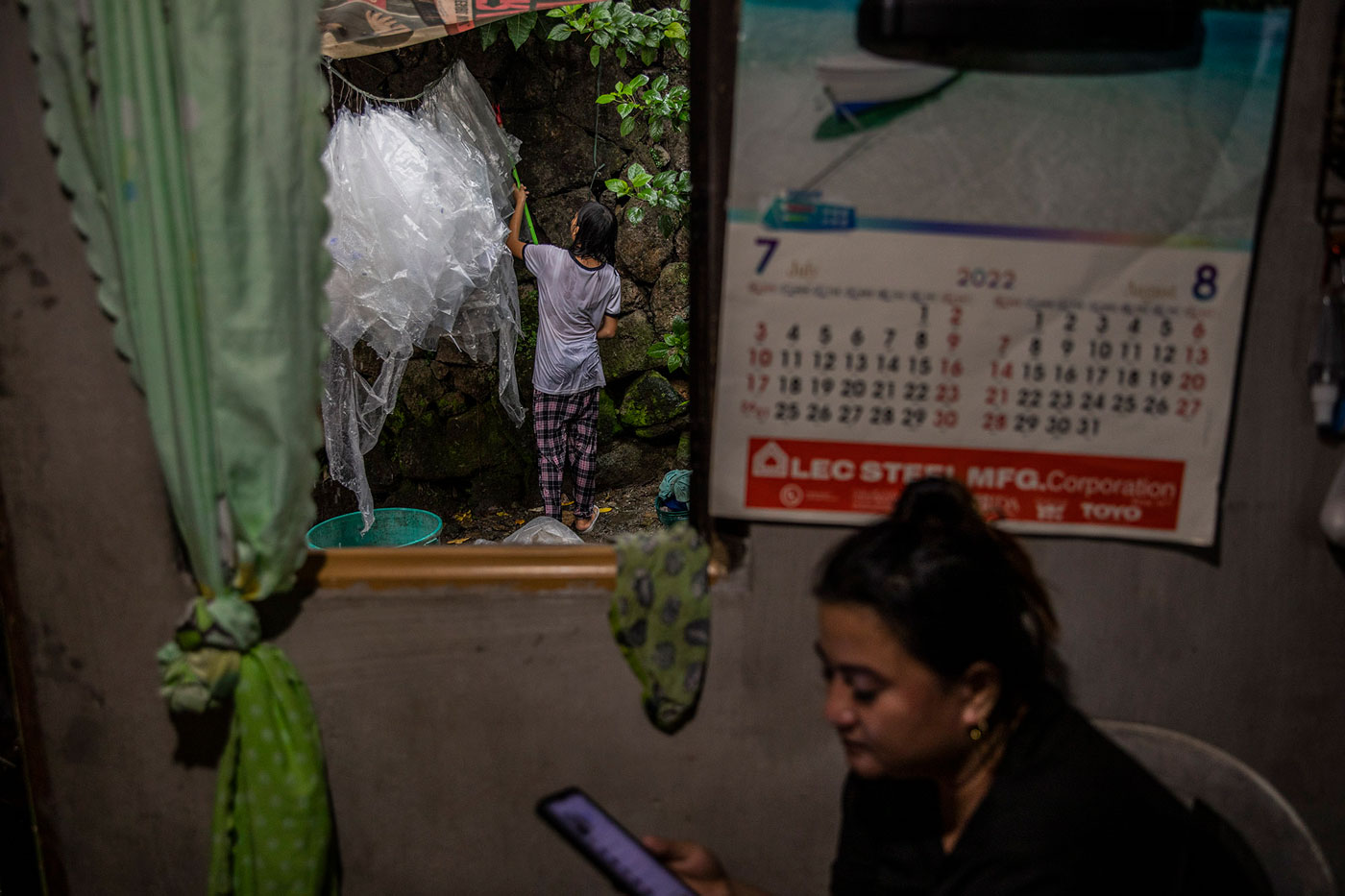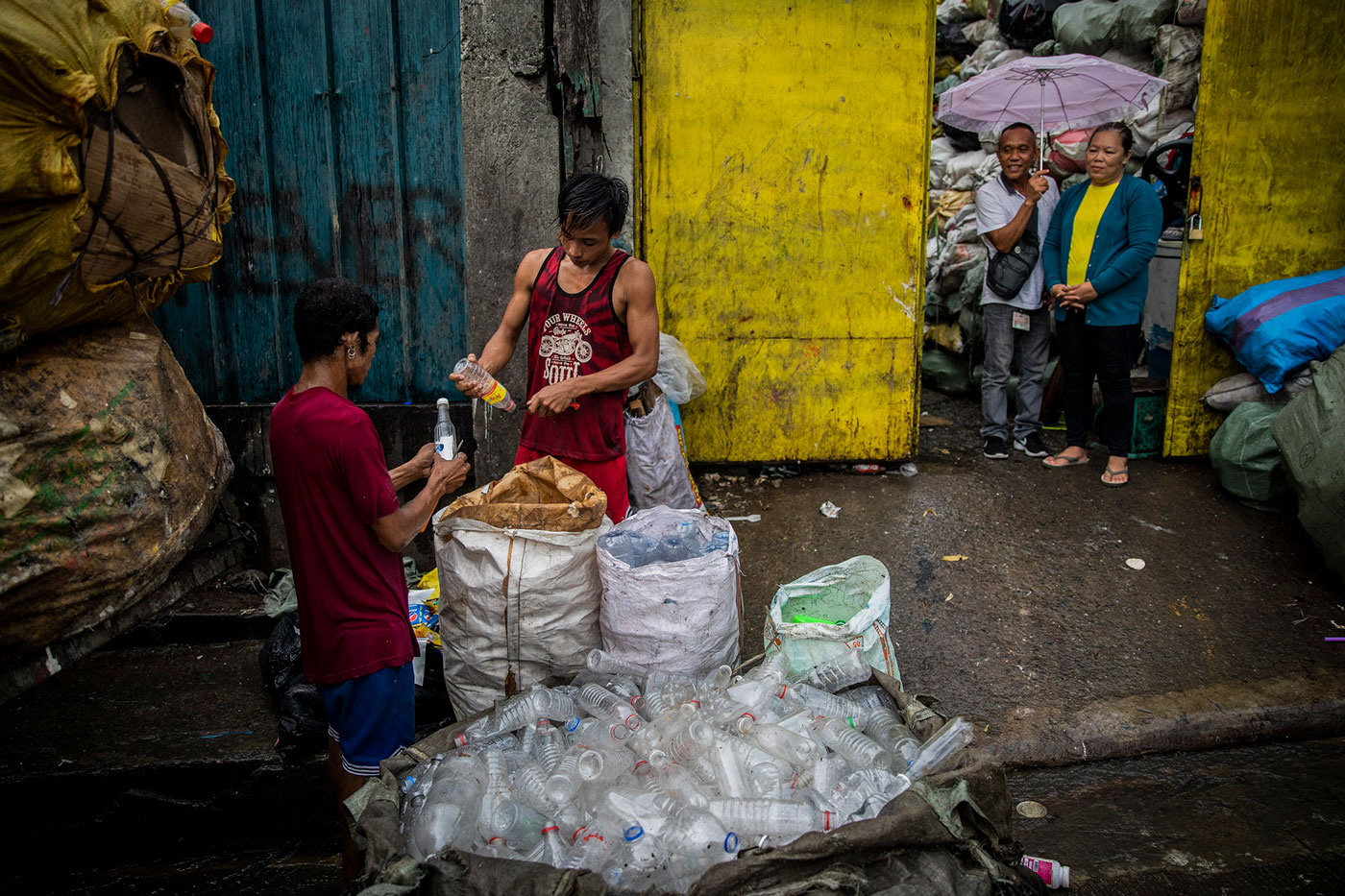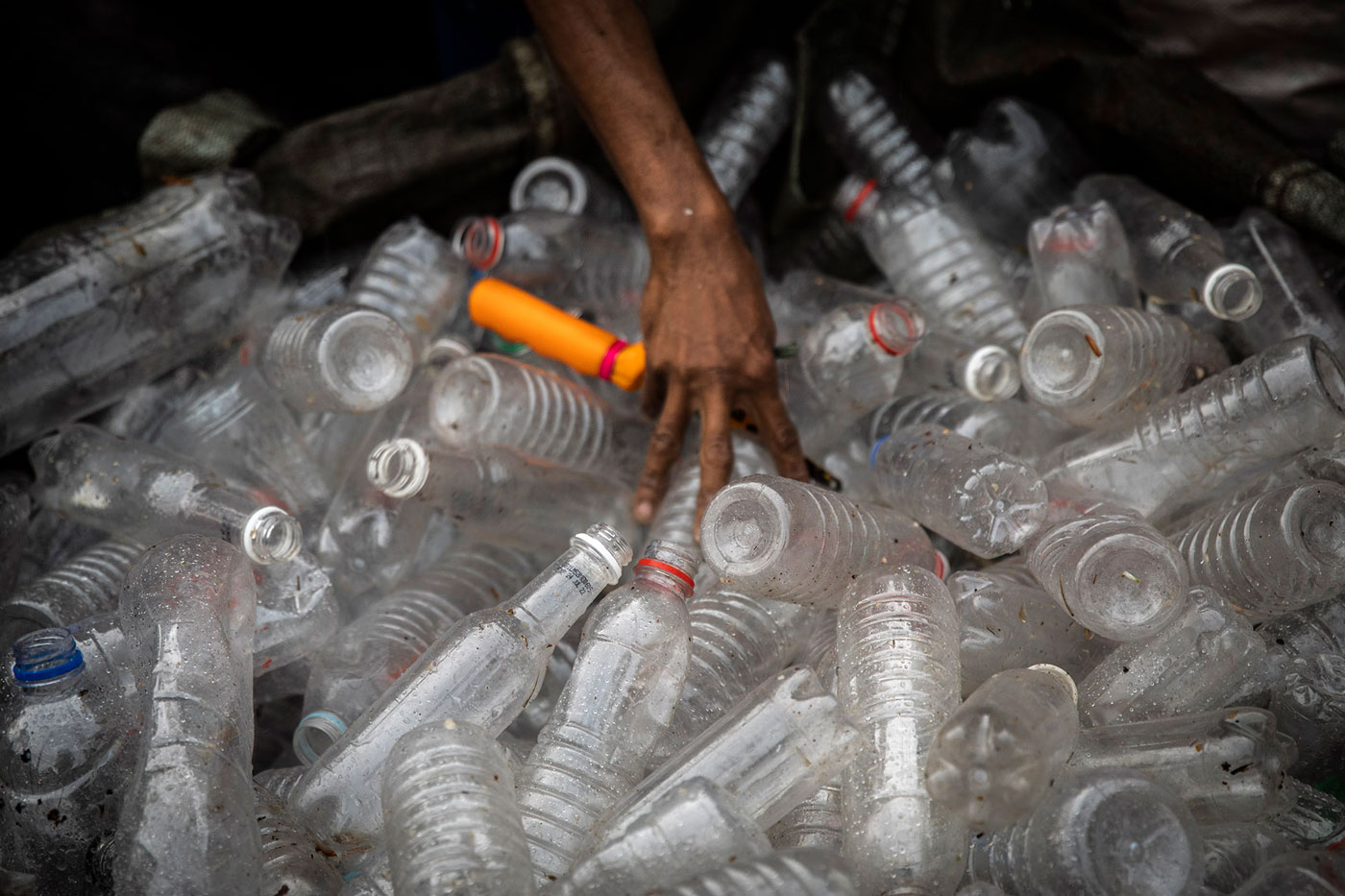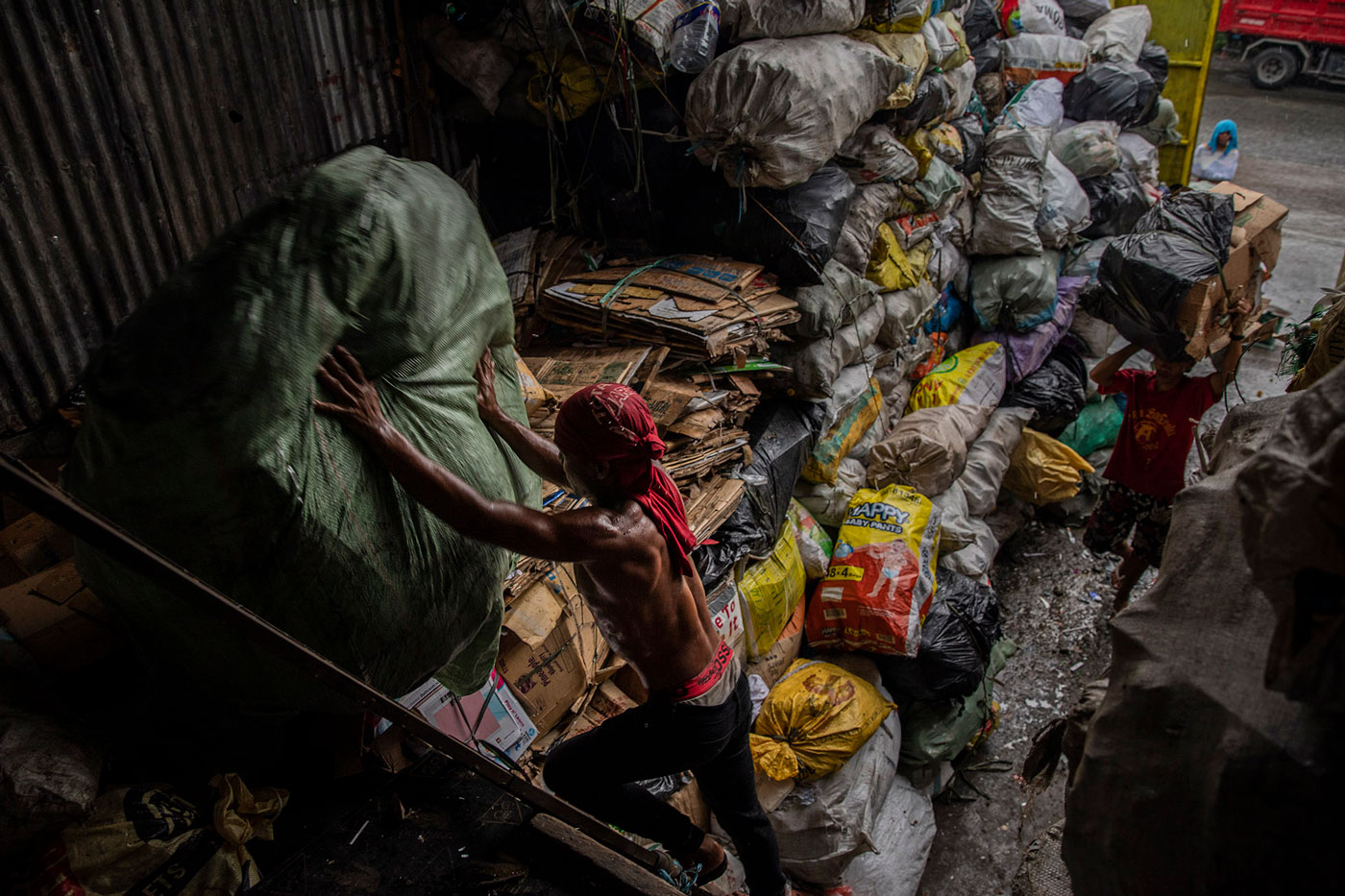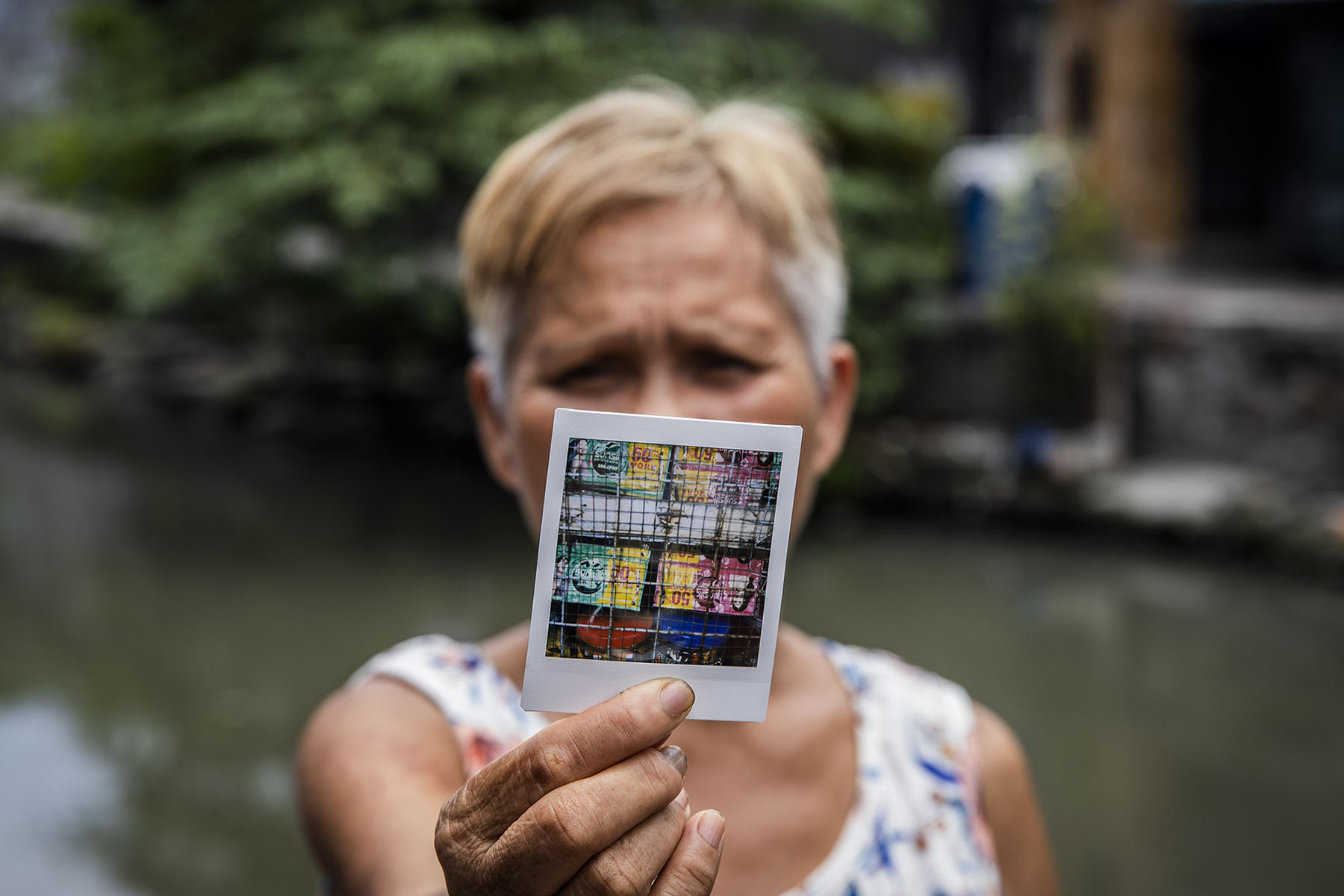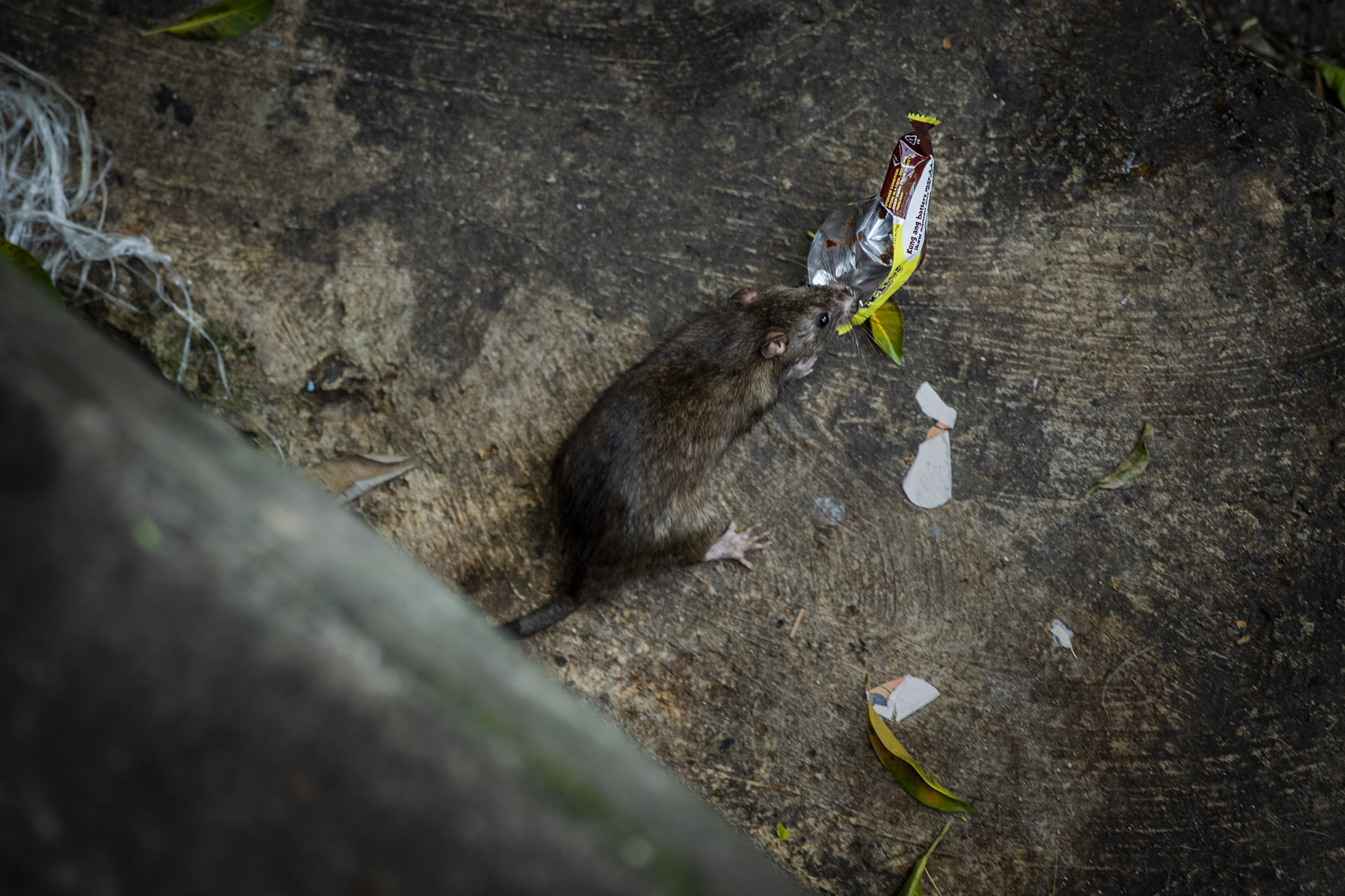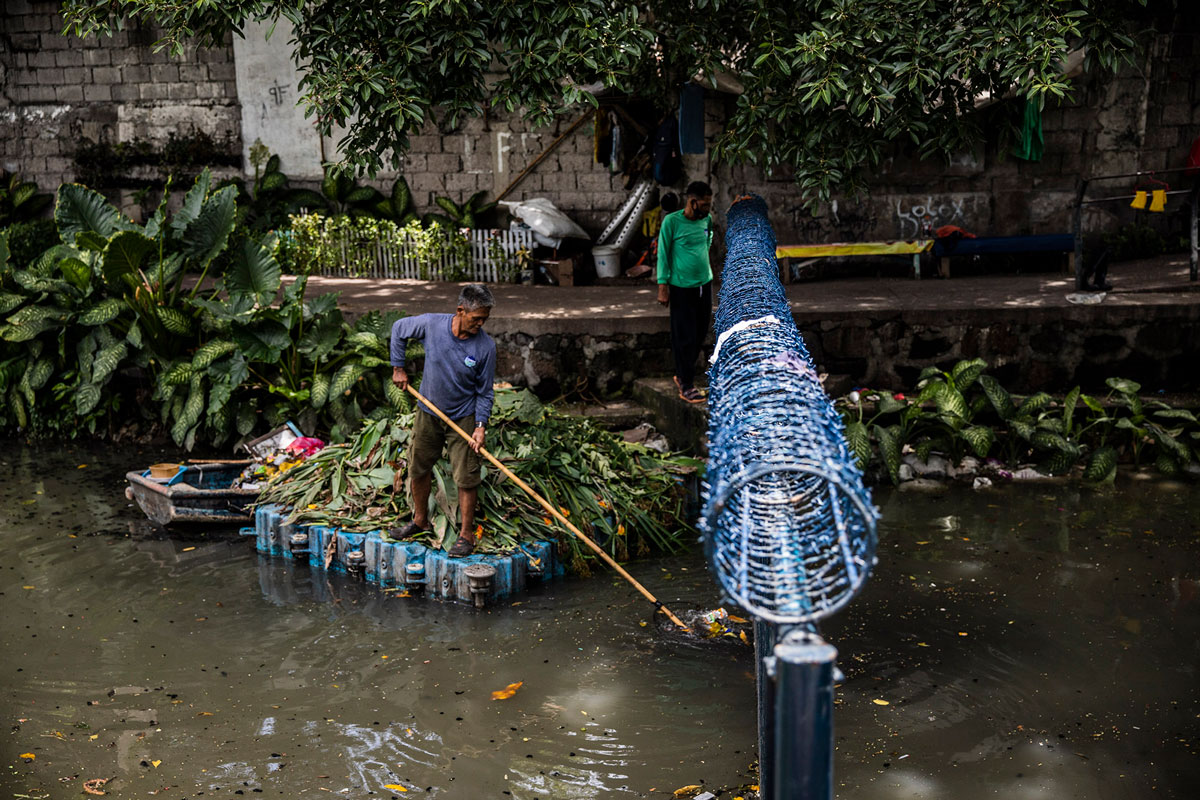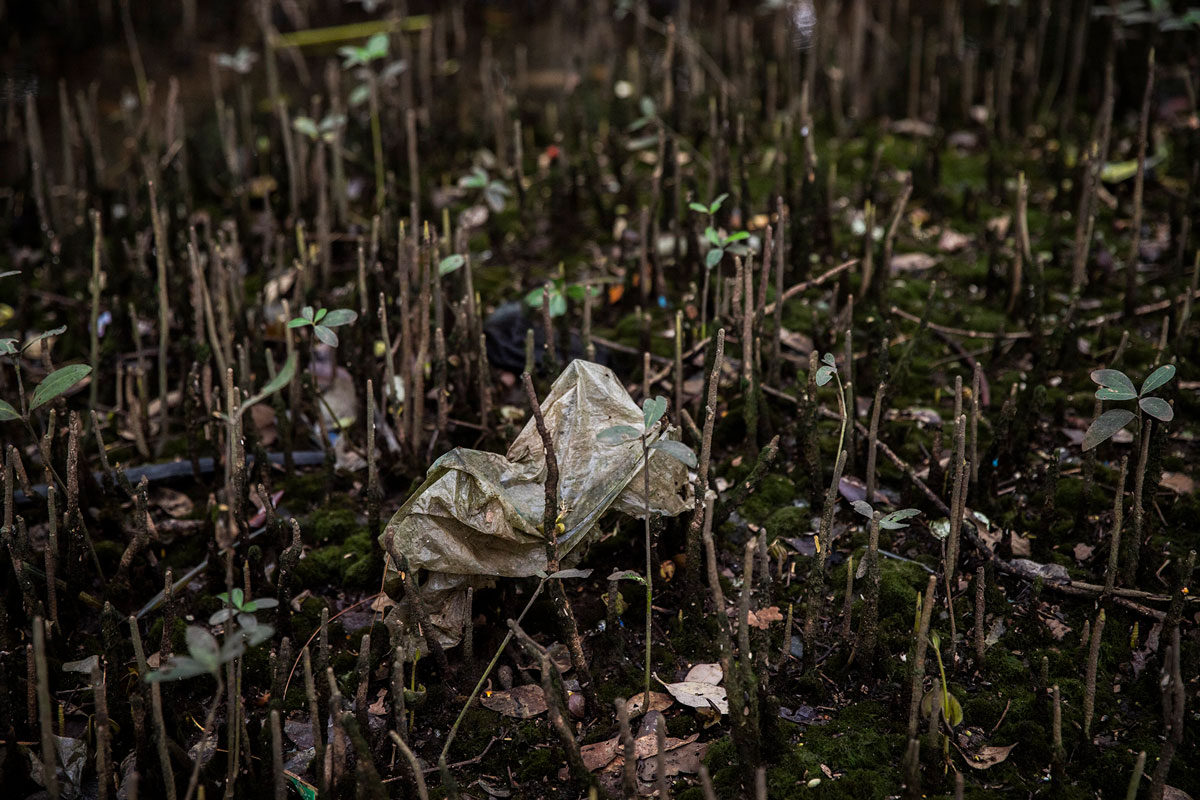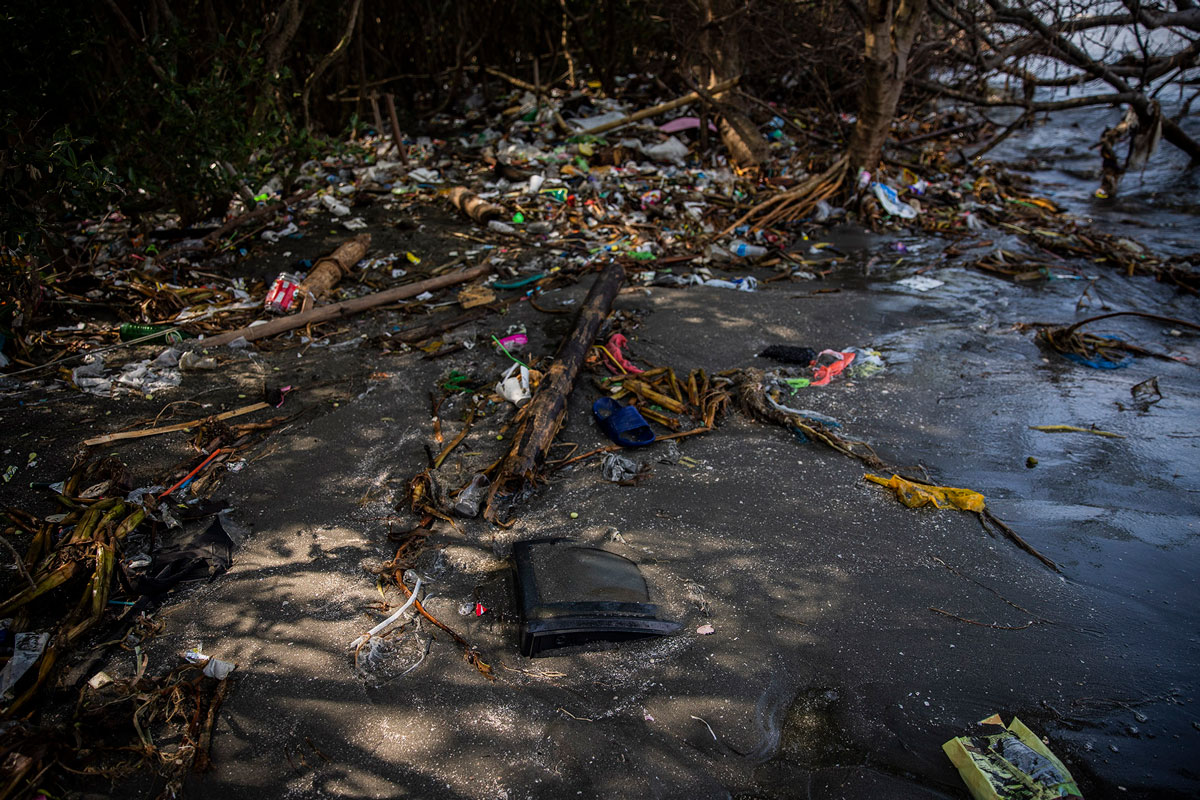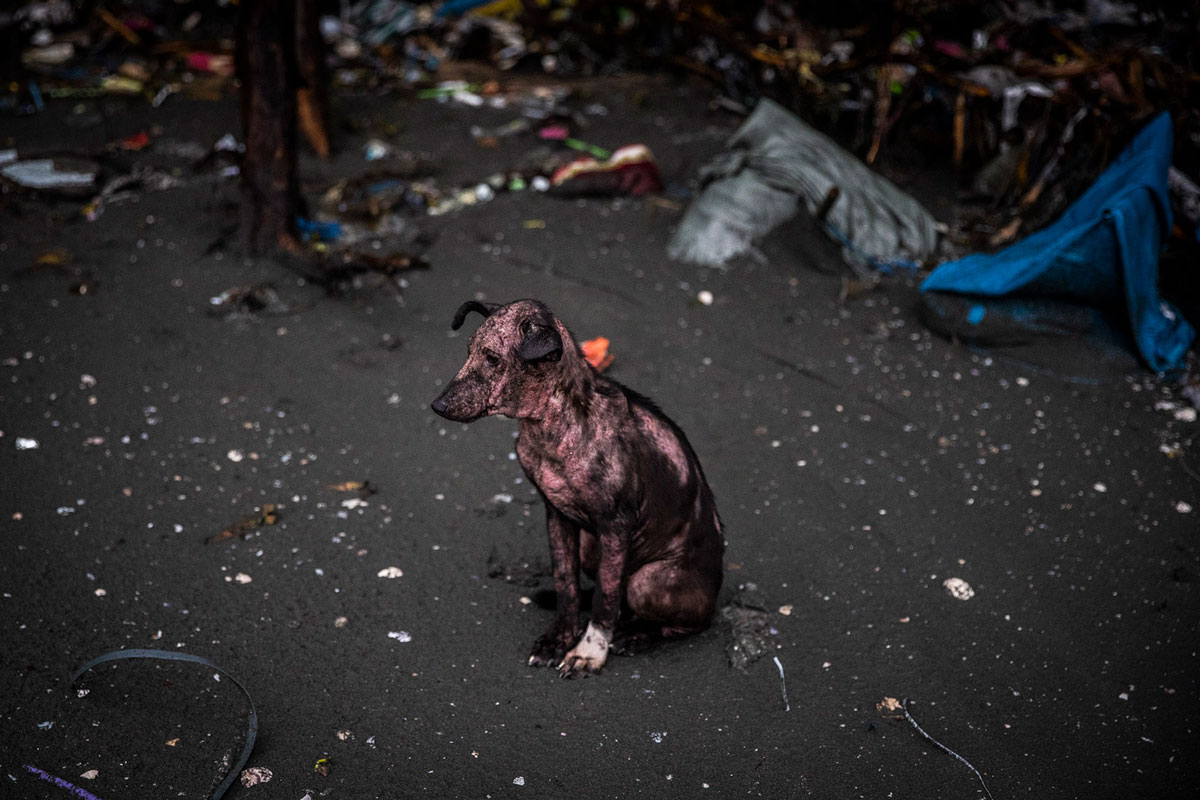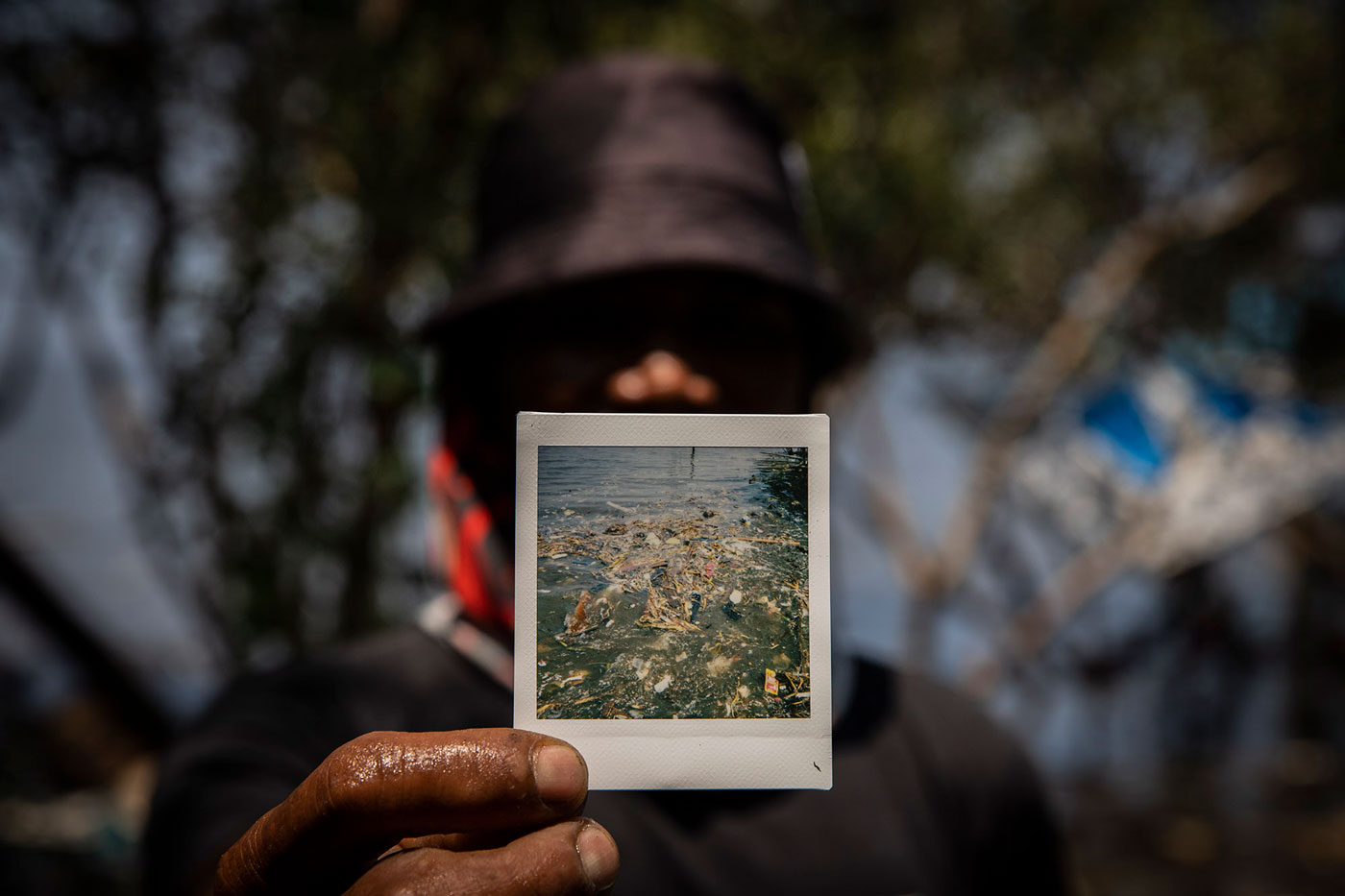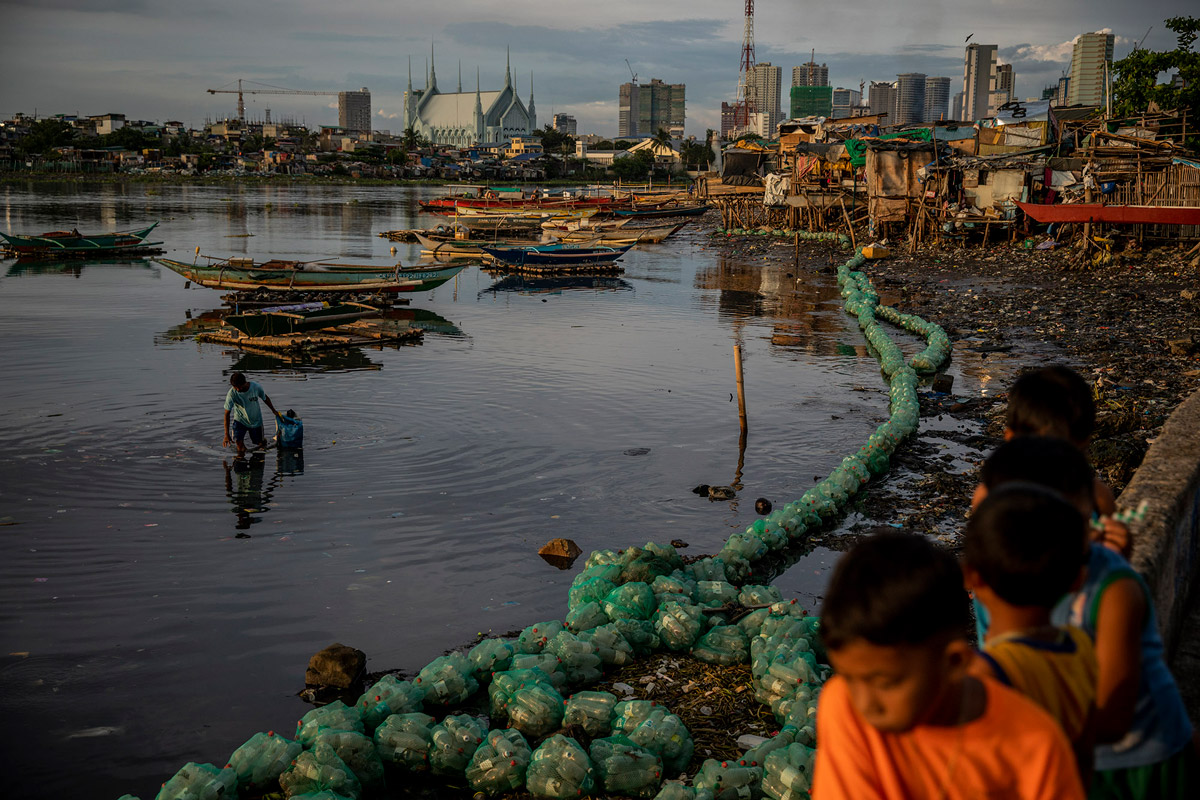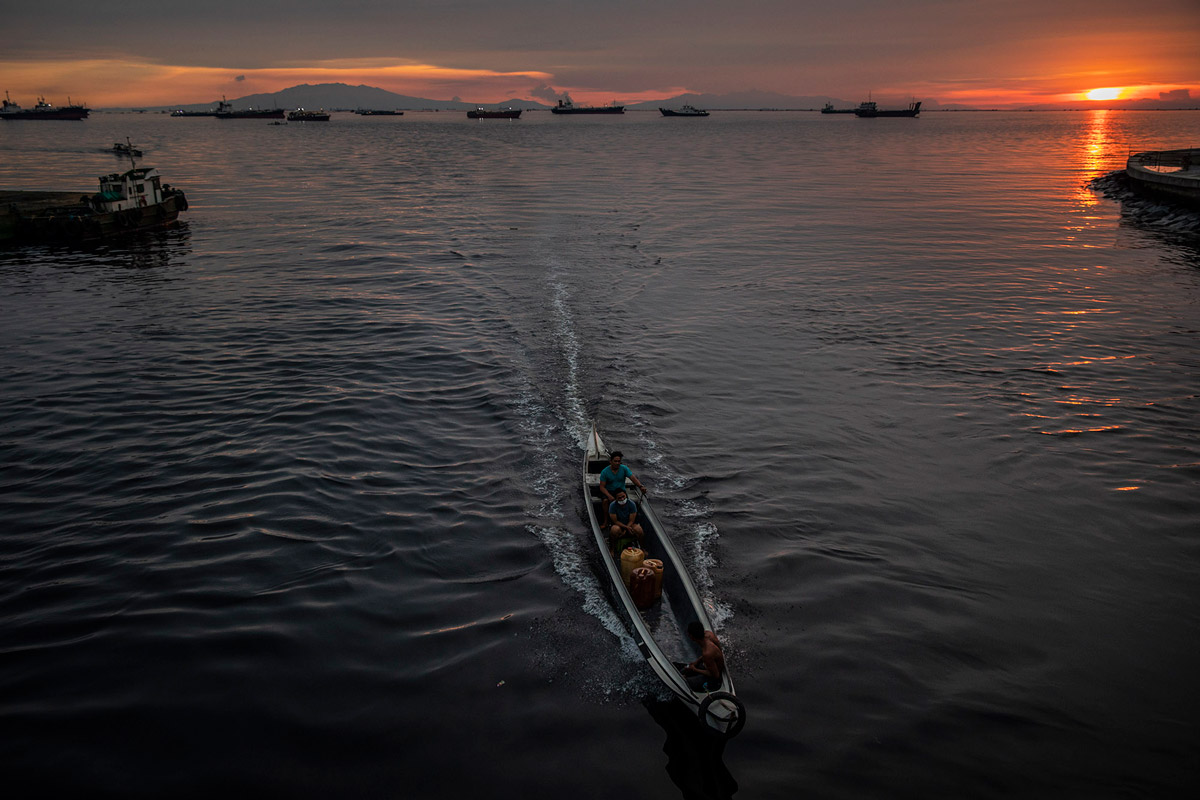Bahía de Manila. © Santi Palacios for Sonda Internacional
Project summary
#megacities&pollutionMegacities and pollution
Megacities and Pollution: The Asian Epicenter is a photodocumentary project that analyzes three of the greatest environmental challenges of the 21st century: plastic waste, poor air quality and water pollution. The project focuses on three megacities in Asia, the most populated continent in the world: Metro Manila, Delhi and Jakarta.
Megacities and pollution
We Thought it Was Fog
New Delhi: The world’s most polluted capi...
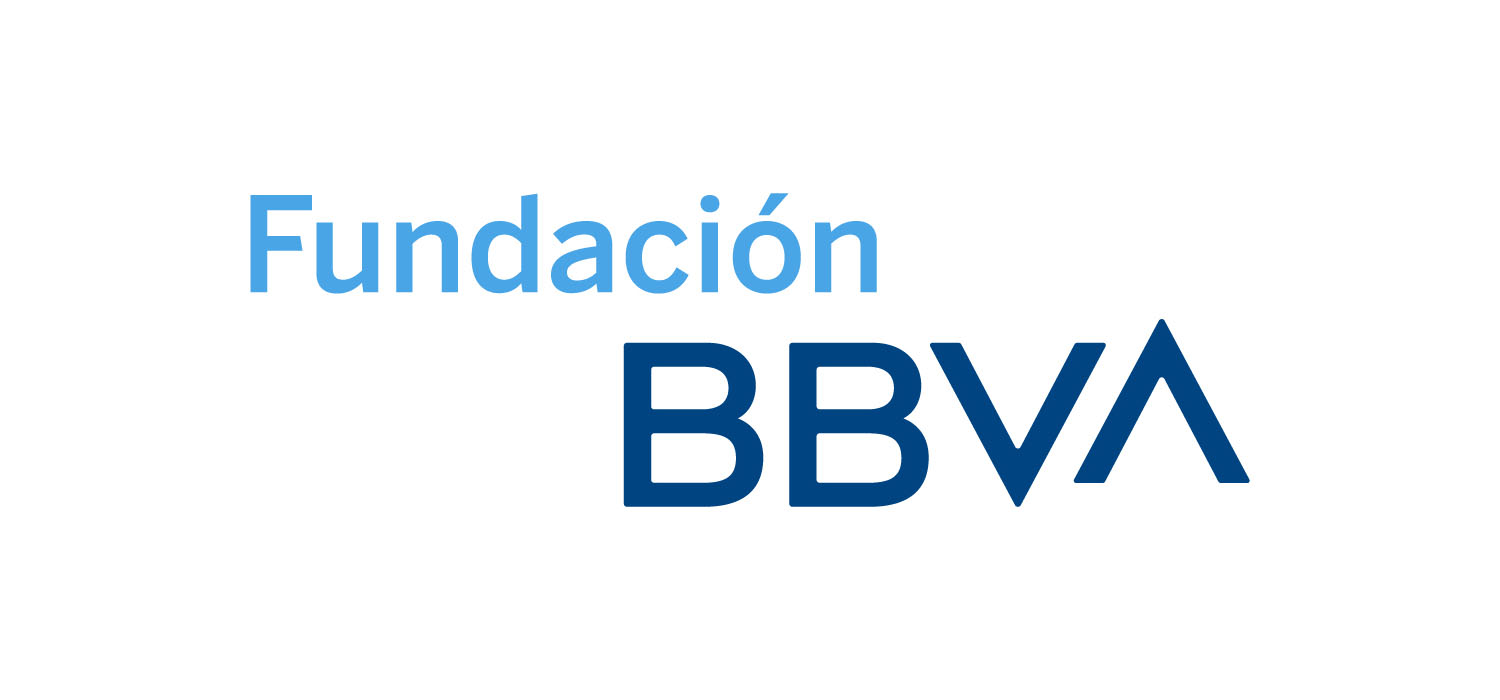

Join our crowdfunding!
Take the opportunity to directly support in-depth journalism on the climate crisis
Donate
25 October 2022
It can be found in packaging, in electronic devices, in furniture, in textiles. It is in our cars, on trains and on planes, as well as in industrial machinery and everyday household items. The planet has been producing plastic on an industrial scale for more than seven decades. Consumption has quadrupled in the last 30 years, and annual production of this virtually indestructible material currently surpasses 400 million tons.
Despite the prominent position recycling holds in environmental conversations, only 9% of plastic waste is recycled, according to OECD calculations. Another 50% ends up in landfills, 19% is incinerated, and 22% bypasses waste management schemes and is leaked into the environment. These are merely approximations. No one knows for certain the exact figures, but estimates suggest that nearly 140 million tons of plastic are to be found in our aquatic ecosystems: slightly more than 109 million tons are found in rivers, 30 million tons in seas and oceans, and nearly one million tons in lakes.
Where did it all come from? Again, there are significant discrepancies in the data depending on the research and methodology, but the World Bank calculates that more than 80% of the plastic leaked into our oceans each year (between 4.8 and 12.7 million tons) comes from Asia, the most populated continent on the planet.
A 2015 study in the journal Science lists China, Indonesia and the Philippines as the top three countries responsible for plastic leak into the oceans every year. The findings of the report, which has been widely referenced by international media outlets, are based on statistics given the overwhelming lack of data on actual figures. Later research, however, points to countries like the United States or India, but the 2015 study was helpful “because it started the conversation and stimulated other studies and more scientific work”, says Deo Onda, a researcher at the University of the Philippines Marine Science Institute.
If we look beyond finger-pointing and the absence of data we find Manila, a capital city that receives and generates millions of tons of waste each year, representing the paradigm of a system that is flooding the planet with a sea of plastic.
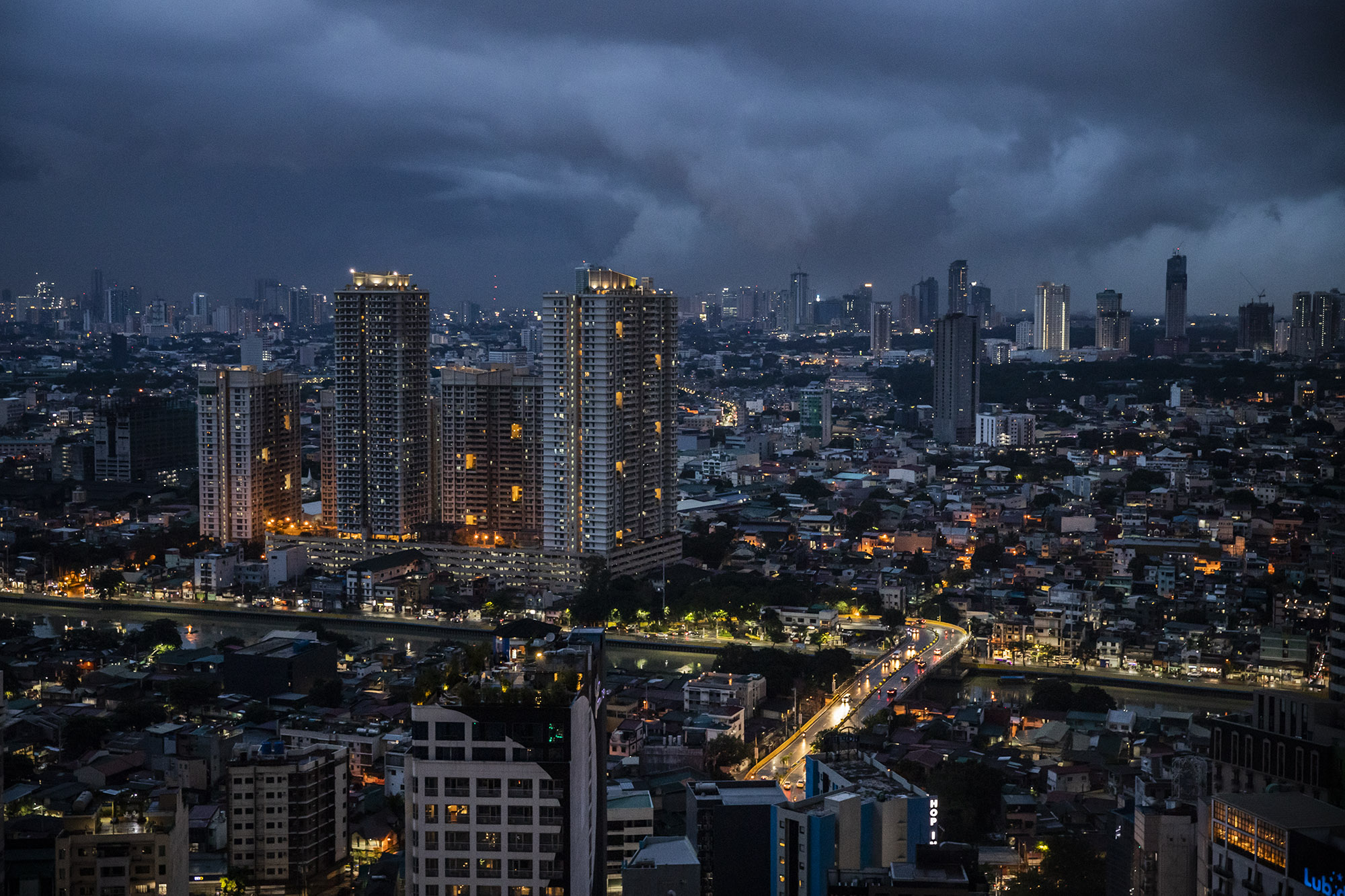
The cities of Mandaluyong and Makati, separated by the Pasig River, as seen from the 33rd floor of a skyscraper in Makati, Metro Manila. © Santi Palacios for Sonda Internacional
A visit to Metro Manila takes you to the most congested city in the Philippines, an archipelago of 7,641 islands. This colossal metropolis is actually divided into seventeen different cities –municipalities with administrative borders, invisible to the eyes of those who traverse the streets of this densely packed megacity that is home to nearly 13.5 million people.
In an area of more than 230 square miles, skyscrapers share space with shanty towns, modern freeways with unpaved roads, constant traffic jams with modest outdoor markets and state-of-the-art shopping malls. More than 54,000 inhabitants per square mile live, consume and generate waste in Metro Manila.
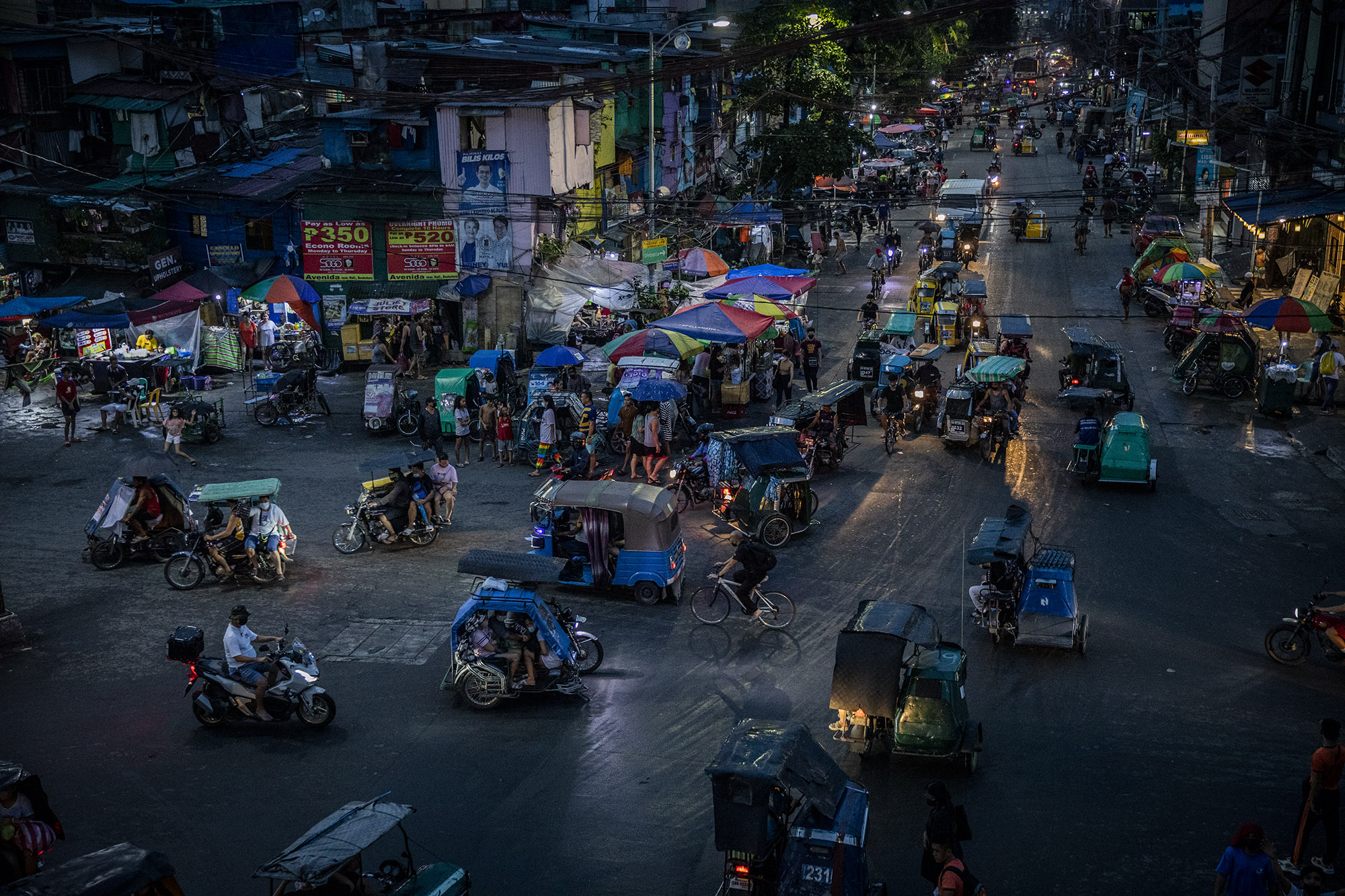
Intersection of Recto Avenue and Delpan Street in Tondo, Manila, Metro Manila. © Santi Palacios para Sonda Internacional
The city is situated on Manila Bay, a large natural harbor on the western coast of Luzon, the largest and most populous island of the Philippine archipelago. Each day an intricate network of rivers and channels leaks thousands of tons of waste from the city directly into the bay. Recent years have seen renewed efforts to reduce the levels of pollution, but this has not changed the fact that the bay, choked by debris from the city, continues to be one of the most polluted in the world.

A beach at Las Piñas-Parañaque nature sanctuary is obstructed by plastic washed up on the shore. © Santi Palacios para Sonda Internacional
“We have just scratched the surface of the problem”
Dr. Deo Onda, oceanographer. Marine Science Institute, University of the Philippines
ORIGIN
Plastic waste submerged at the mouth of the Pasig River in Baseco Port Area, Manila, Metro Manila. © Mikel Konate para Sonda Internacional
“If five years ago you Googled ‘top plastic waste producers in the world’, the results would probably have been ‘Philippines, China, Indonesia’. But if you do that same search today, the top results will surely be names of corporations.” Miko Aliño is Project Coordinator for Corporate Accountability from #breakfreefromplastic (BFFP), a global movement that includes some 2,700 environmental organizations worldwide, and he talks about this changing trend with a certain degree of satisfaction. From his office in Quezon City, one of the cities in Metro Manila, Aliño insists that in order to address the problem of pollution produced by plastic waste, we need to go to the source and engage producers, not consumers.
Every year BFFP performs a brand audit by analyzing the plastic waste collected in natural environments. The 2021 audit found the top plastic polluters in the country were Coca Cola, the food and beverage company Universal Robina, Nestlé, Procter & Gamble and Mondelez International.
The bête noire of plastic pollution, in the Philippines and around the world, are single-use plastics. Nearly half of all plastics produced annually —from bottles to plates, cups, cutlery, bags, packaging, cellophane and packing material of all kinds— are designed to be used only once before being thrown away or recycled.
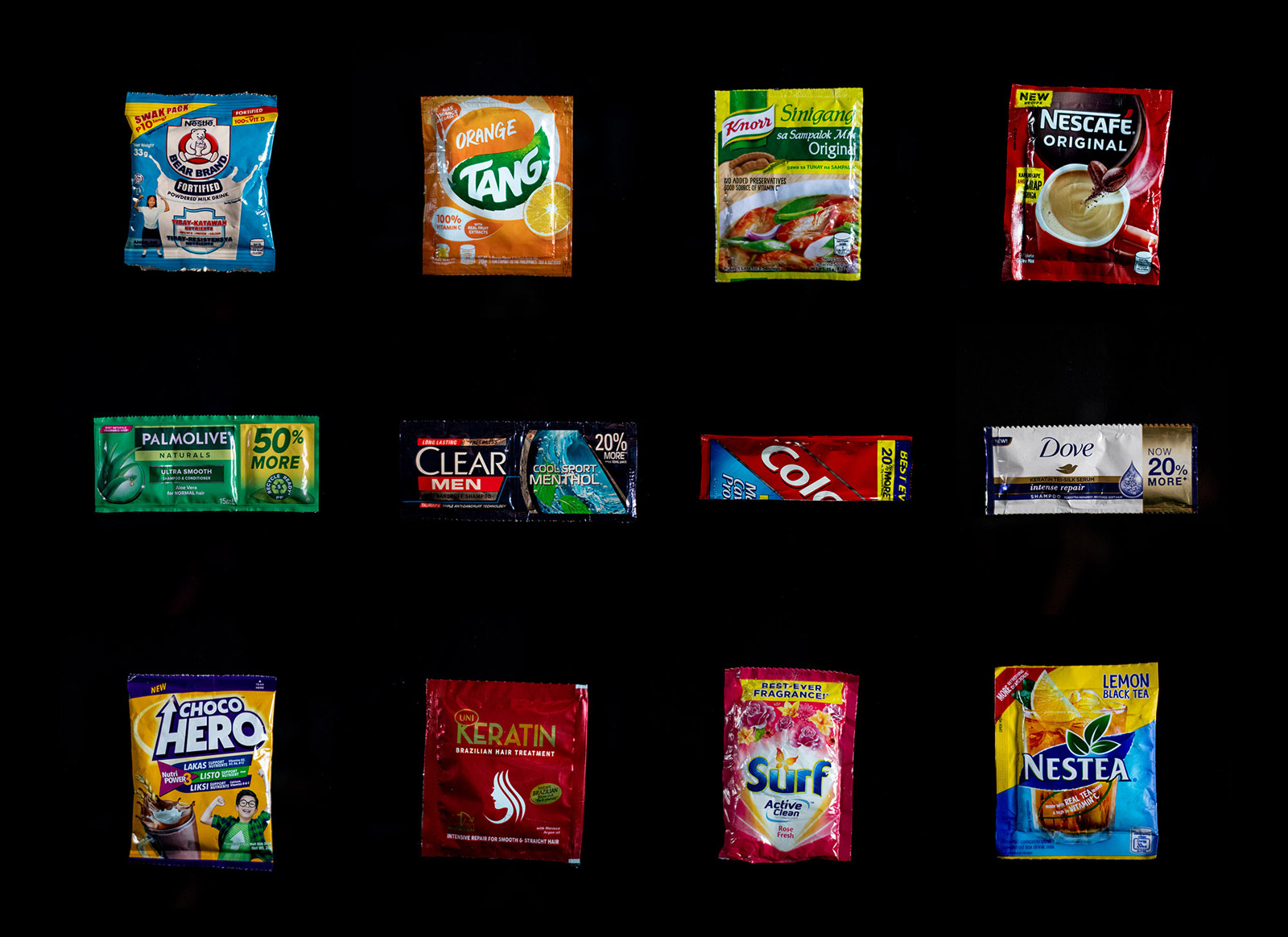
The content of 12 consumer products packaged in single-use plastic sachets (left), next to the empty packets (right). © Santi Palacios for Sonda Internacional
Part of the problem are sachets, single-serving packets used in many household products, from toothpaste to detergent to instant coffee. They are practically impossible to recycle because they use layers of aluminum and plastic, and they invade streets, rivers and the sea with waste. Brands that use these packets target consumers with fewer resources. A 12 ounce bottle of shampoo may cost about 300 pesos (about $5), while a single-serving sachet of the same brand costs only 8 pesos (less than 15 cents). Figures show that in the Philippines, a country where one in five people live below the poverty threshold, some 163 million single-serving sachets are used per day. Spread out, they would cover the entire surface area of Metro Manila to a depth of nearly 12 inches.
Legislation exists regulating waste management for environmental protection, but in the end it is little more than lip service. The main act is one which, since 2001, provides a legal framework to regulate ecological solid waste management. But it has many loopholes. It prohibits “non-environmentally acceptable products”, among other points, but it does not explain what these products are. Advances have been made, however, including the prohibition since 2020 of the use of unnecessary plastic in public offices, or the use of plastic bags, straws, plastic cups and plastic cutlery in some cities in Metro Manila. But this is a very small step in a long-distance marathon: single-use plastics continue to be ubiquitous in a myriad of products and packaging.
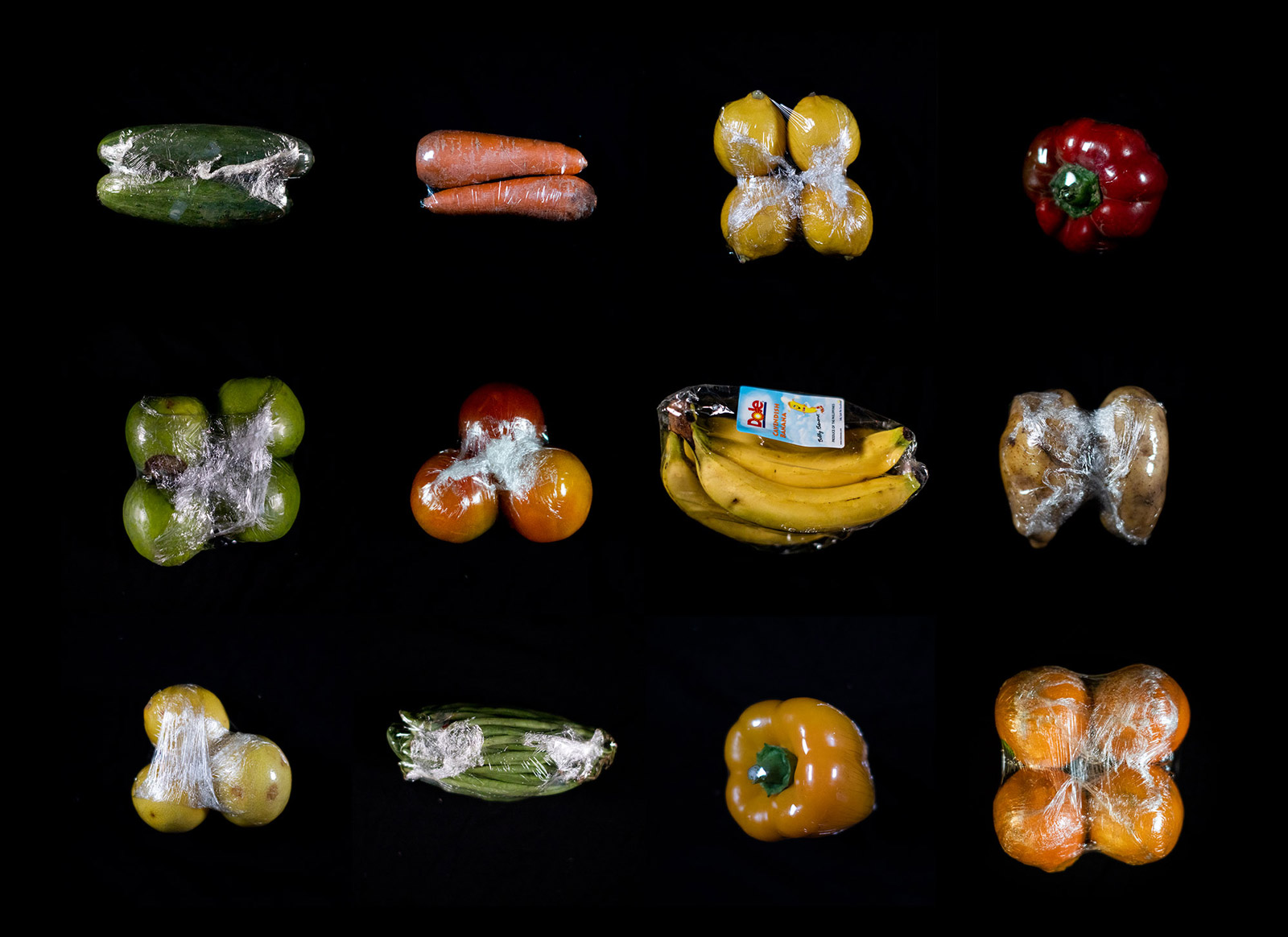
Fresh produce from a commercial supermarket (left) together with the plastic packaging used for sale (right). © Santi Palacios for Sonda Internacional
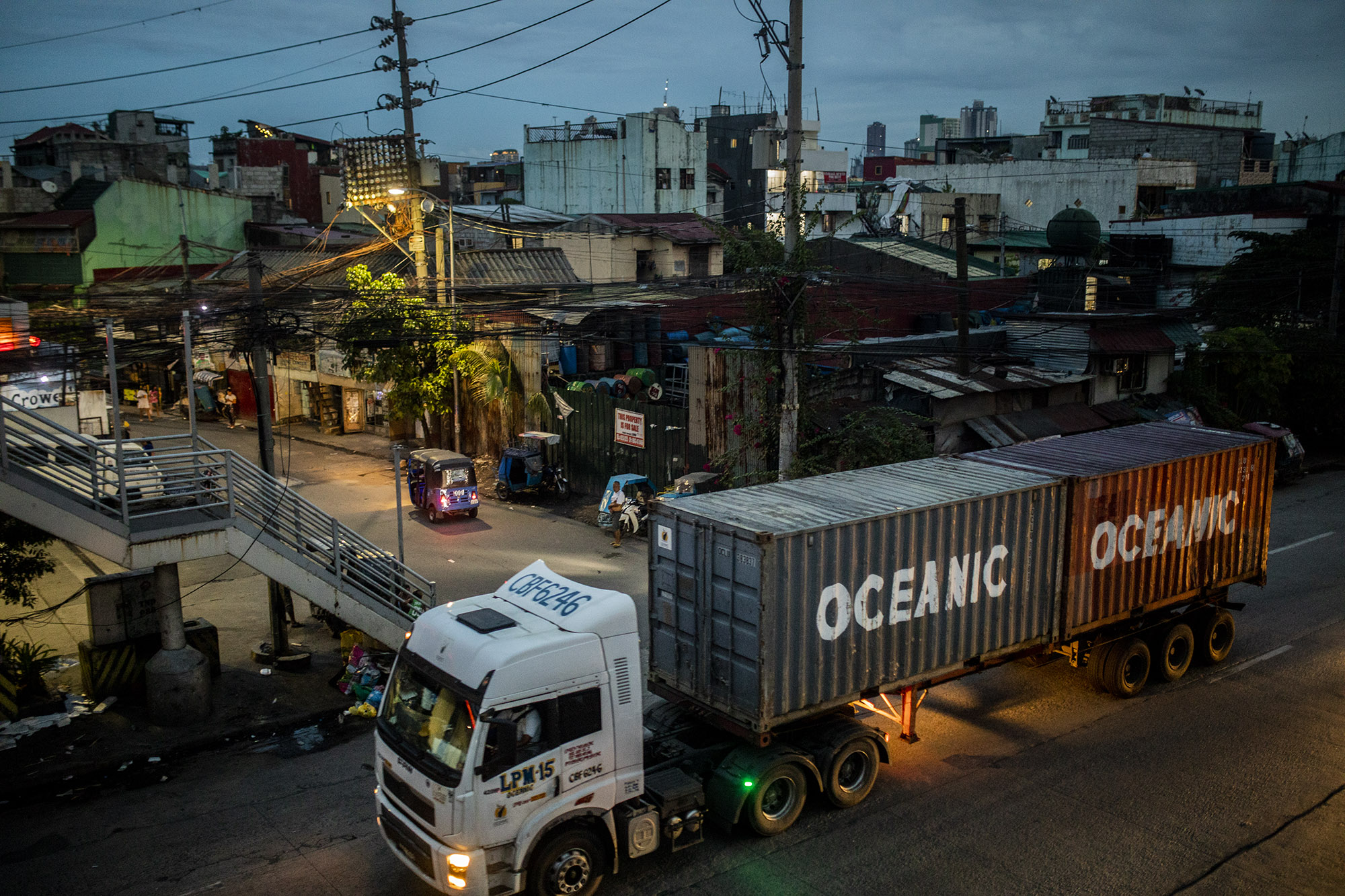
A truck drives through Manila carrying cargo containers after leaving the port. © Santi Palacios for Sonda Internacional
The plastic waste generated in the city is compounded by waste from third countries. Since China —formerly the primary recipient of global waste— prohibited the import of foreign waste in 2018, developed countries have exported their waste to other destinations. The Philippines does not officially receive this type of waste, and diplomatic tension with Canada has even arisen as a result of several containers being shipped to the archipelago labeled as “recyclable plastic”, when in truth it was waste ranging from newspapers to used disposable diapers.
“There are policies in place limiting certain types of waste, but plastic waste can enter the country if it is sent as ‘recyclable waste’. There is a legal vacuum. One of the conditions is that the material cannot be mixed with municipal waste, but we lack the resources to be able to inspect every single container,” explains Marian Ledesma, from Greenpeace Philippines. It can be considered the new “waste colonialism”, she says.
Deo Onda targets those responsible. “The problem is that you are putting more waste in countries that are already known to have inefficient management systems. So ultimately you would expect that this trash will not be recuperated 100% and will actually end up somewhere in the environment. It is not just a question of who is actually discarding it, it's also a question of who is producing it and who is actually exporting it to these countries”.
CONSUMPTION
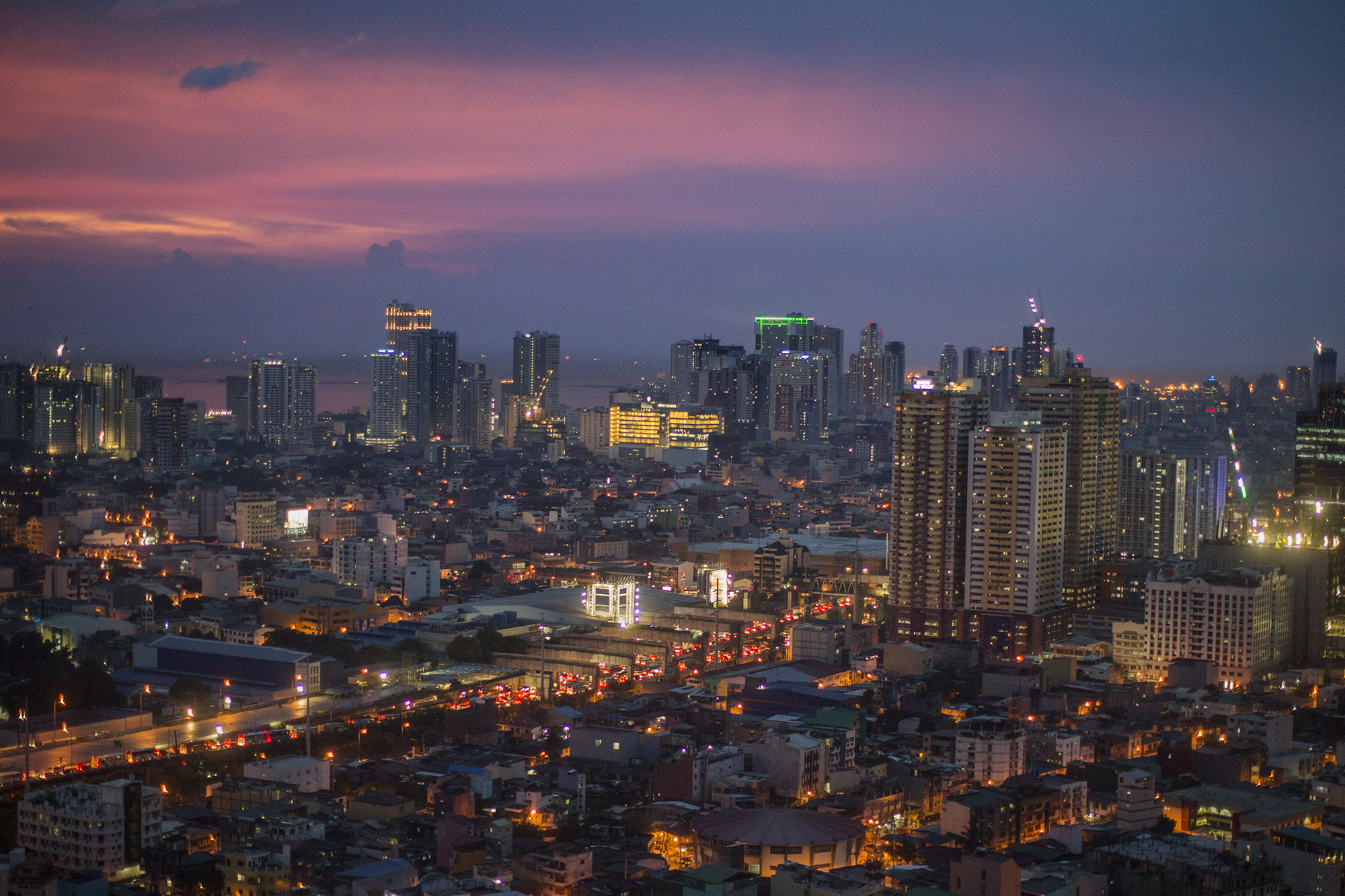
View from a skyscraper in Makati, a city with one of the highest per capita incomes in Metro Manila. © Santi Palacios para Sonda Internacional
Approximately 9,000 tons of solid waste are generated in Metro Manila every day. It is calculated that the majority of this rubbish (nearly 57%) is domestic waste, which includes a huge amount of plastic. The rest comes from commercial activities (more than 27%), public institutions and the industrial sector (16%).
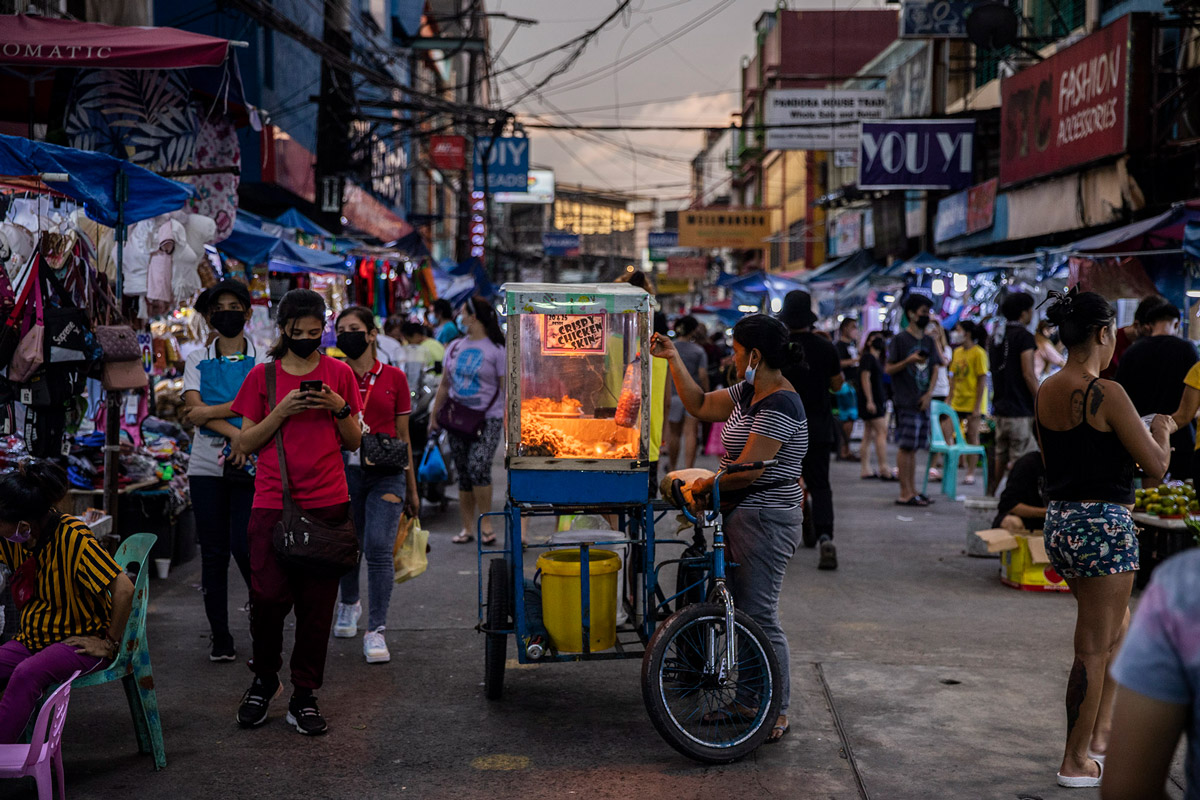
Quiapo Market, Manila. © Santi Palacios para Sonda Internacional
Distributed in more than a thousand barangays —the smallest administrative division in the Philippines—, the population of Metro Manila registers a huge disparity in purchasing power, as well as in the way in which people buy and consume plastic. While single-serving sachets are popular in shanty towns and among those with fewer resources, in the past two years —with the city virtually paralyzed by one of the longest lockdowns of the entire pandemic— online consumption among middle- and upper-class consumers has skyrocketed, resulting in an increase in plastic packaging and waste.
Now that the pandemic situation has improved, most people have returned to their daily routine, which includes doing their shopping at supermarkets and malls. But supermarket shelves and sidewalk stalls are still dominated by plastic.
The call to manage plastic pollution “ends up on the shoulders of consumers: we are being told to manage our waste properly and consume less”, says Deo Onda. “But I think it should also be on the other end of the spectrum. Companies producing plastic should also carry the burden. At the end of the day they are the ones who are actually profiting from this”.
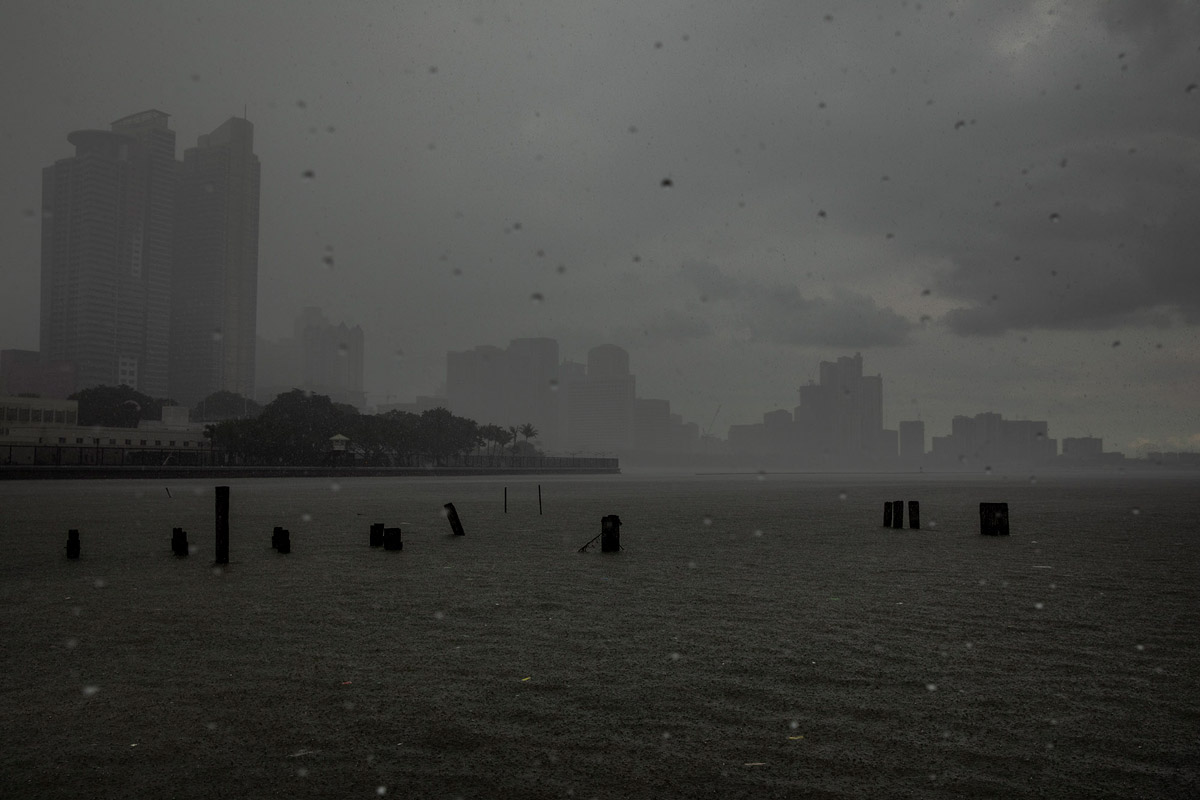
The Manila skyline from the bay.© Santi Palacios para Sonda Internacional
There is a more subtle form of consumption that also leaves a plastic footprint on the environment, particularly in aquatic ecosystems. Researchers at the University of the Philippines have detected significant levels of microplastic waste from synthetic textiles in six rivers or tributaries that empty into Manila Bay. This waste is primarily made up of polypropylene and polyethylene fibers that are shed from clothing and textiles during washing. Other primary microplastics (tiny particles which, unlike secondary microplastics, do not result from the breakdown of larger plastic items) that are typically used in products ranging from tires to paint to cosmetics, have also been detected.
RECYCLING
A private landfill near Metro Manila. © Santi Palacios para Sonda Internacional
The population of Metro Manila, together with industry and consumption in the city, has grown at a much faster rate than the region’s capacity for waste collection and management. Although current legislation stipulates that metals, plastics and other recoverable waste must be separated and recycled, available facilities and manpower are insufficient to do the job.
It is calculated that more than 85% of waste generated in the capital does not go through the established waste collection channels. Again, this is merely an estimate. Reliable figures for the amount of waste that is actually recycled in the country are lacking. “Depending on who you ask, the rate of plastic recycling varies between 9 and 14%, with some recent studies claiming that it is less than 2%,” says Miko Aliño. One thing everyone does agree on, however, is the need to channel more resources into urban waste management.
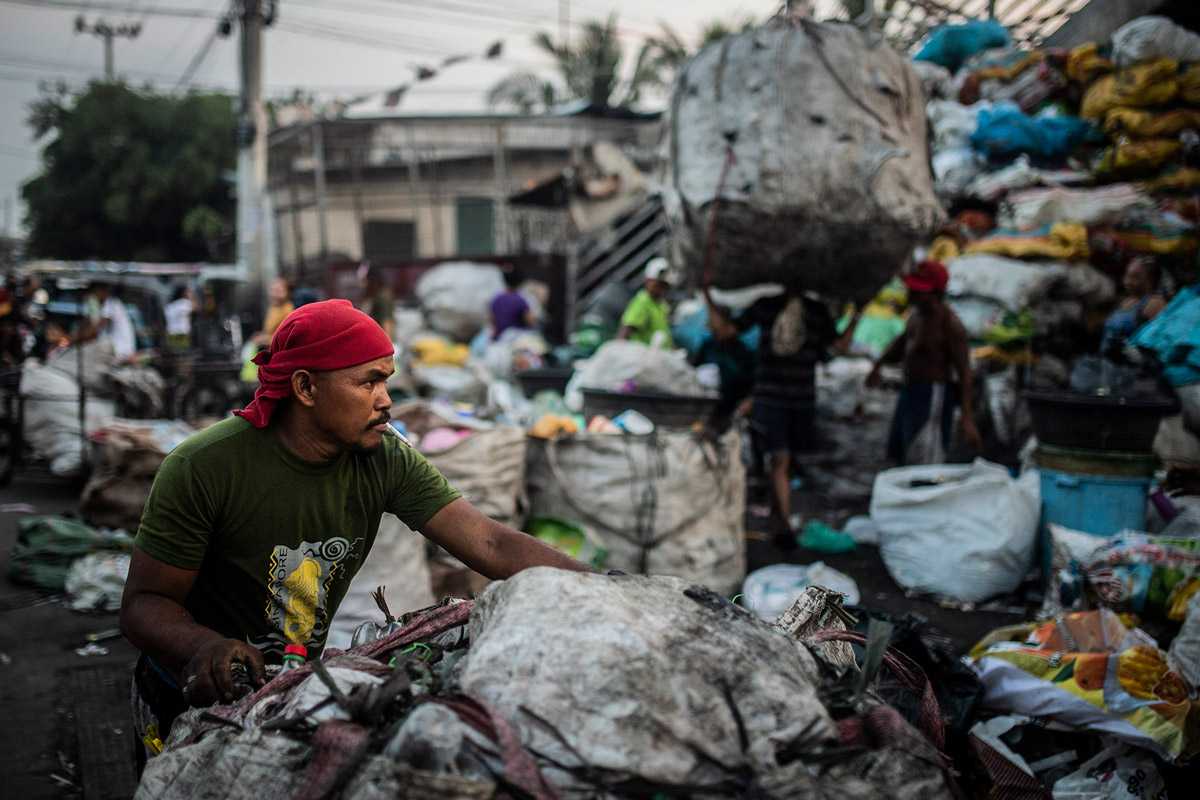
Danilo separates plastics to sell in Tondo, Manila. © Santi Palacios para Sonda Internacional
The truth is that large amounts of valuable recyclable plastic is leaked into the environment or ends up in landfills. This occurs throughout the country, squandering resources that the World Bank estimates could surpass 800 million dollars annually.
In Metro Manila, three enormous landfills officially absorb the waste of the megacity. Unauthorized dumpsites have cropped up around the city, with hundreds of individuals scrounging for materials to resell. There is also an informal recycling channel that absorbs waste even before it reaches the landfills. In shanty towns like Tondo, near the port, waste from garbage trucks, illegal dumps, residential areas, supermarkets and other consumer outlets is piled in warehouses or simply on the street, to be collected, separated and cleaned by residents.
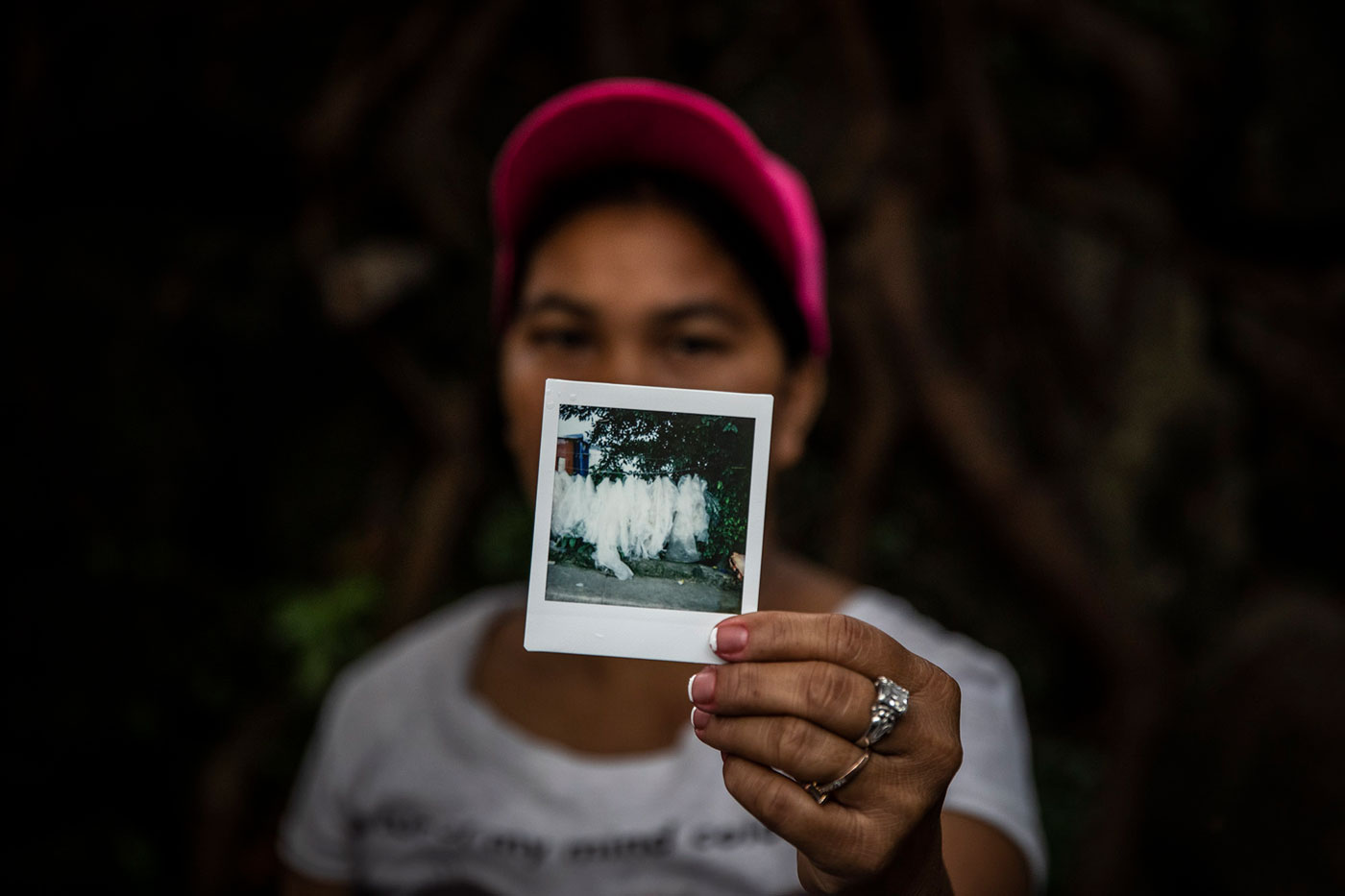
Evelyn, 33, holds up a photo of the plastics that she and her family recycle for resale. © Santi Palacios para Sonda Internacional
Evelyn
Evelyn F. Vicentico is 33 years old and lives in Payatas, a barangay known for formerly housing what used to be one of the largest dumpsites in Metro Manila. When she was just 10 she learned to scavenge the mountains of rubbish to find waste that she could resell to provide a source of income for her family. The Paytas dumpsite, with tons of waste that piled up day after day, was a source of livelihood for the majority of families in the area. But it also posed a risk of accidents. The most tragic one occurred in 2000, when hundreds of squatter homes were buried under a landslide of accumulated garbage, killing 232 people. The dumpsite was officially closed in 2017, but many residents in the area continue to depend on the garbage as a source of income.
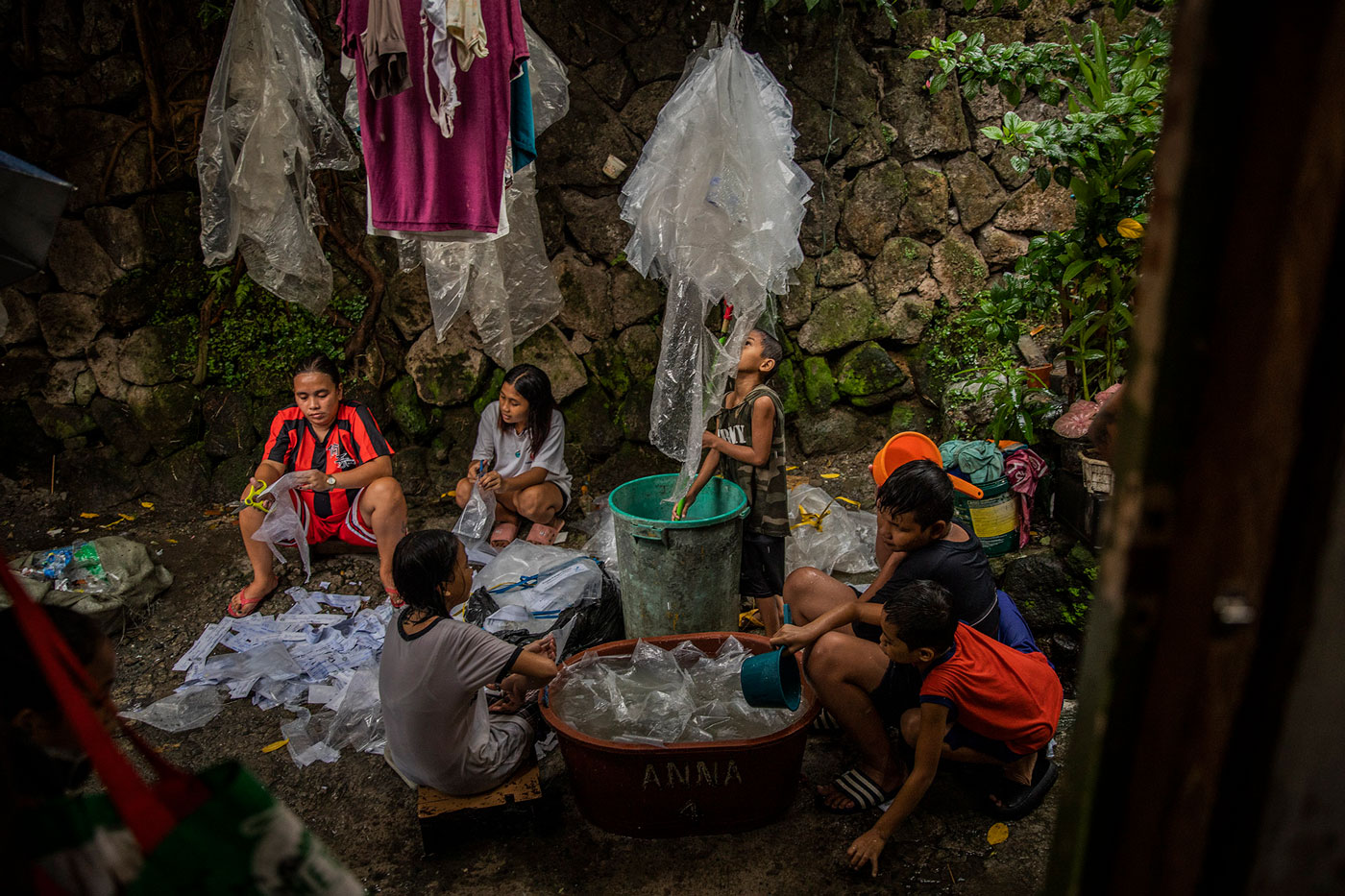
Evelyn’s family cleans and cuts plastic for resale in Quezon City. © Santi Palacios para Sonda Internacional
Evelyn and her family have been collecting used plastic for ten years. In the courtyard of their tiny cement house they separate the plastic that needs to be washed. They clean it meticulously with soap to eliminate all traces of residue and dry it carefully before reselling it. Scrap shops will not accept the plastic if any of it is found to be damp.
The best pieces are those that have been used for shipping, she says. They are generally clean. The family can collect over 130 pounds of plastic in a week, which they can resell for close to 1,300 pesos (approximately $23). As Evelyn is speaking, it begins to sprinkle and the family runs to collect the plastic that is hanging out to dry. “Without plastic, we would have no livelihood,” she says.
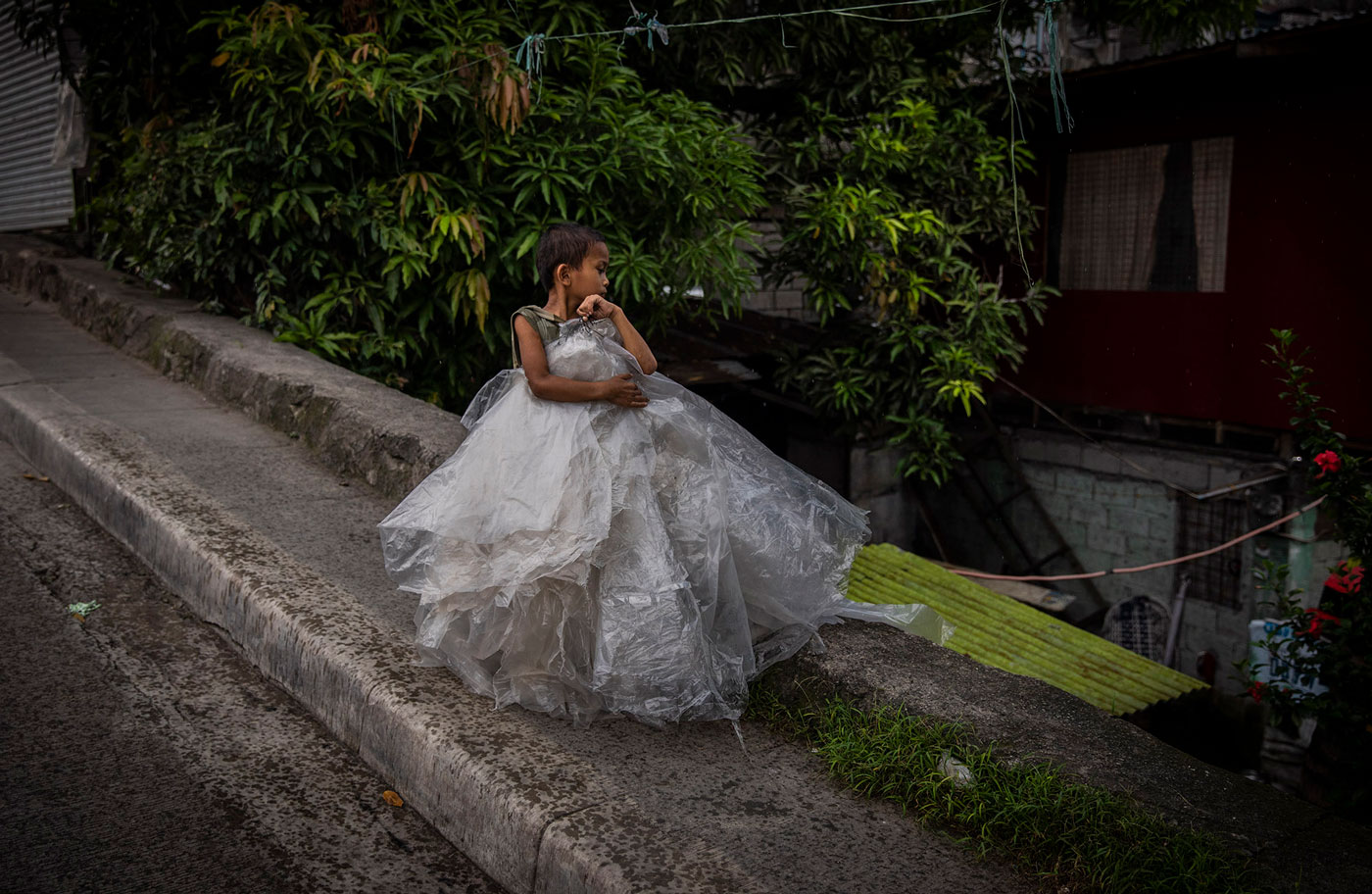
A young boy collects the plastic that Evelyn’s family has cleaned so it does not get wet from the storm that has just hit Quezon City. © Santi Palacios para Sonda Internacional
A couple of miles from Evelyn's house is an establishment belonging to Felipa Abaño, 49. She has been in the business of selling waste since 2010.
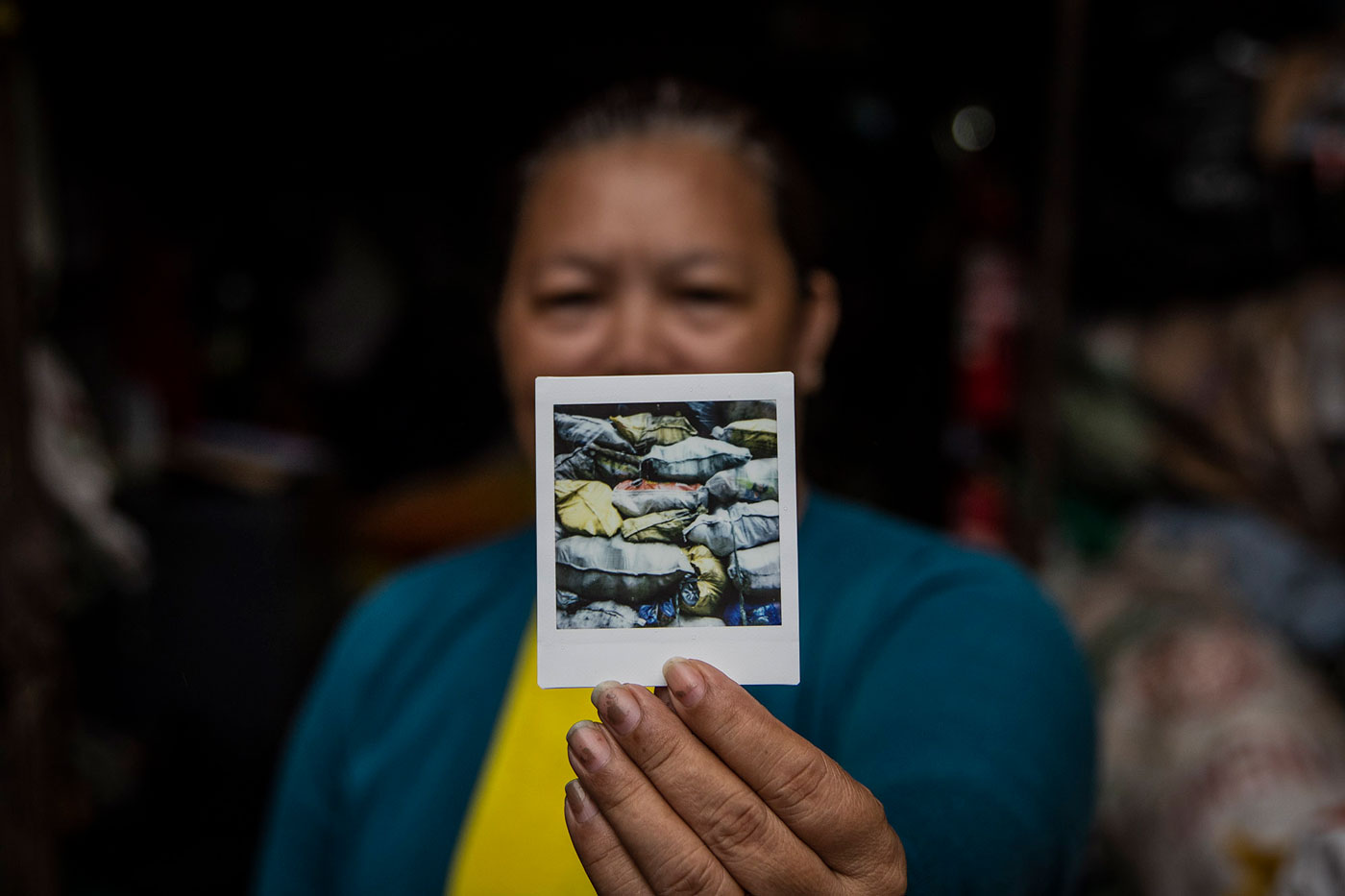
Felipa, 49, holds up a photo of sacks filled with recyclable waste that she stores at her establishment. © Santi Palacios para Sonda Internacional
Felipa
Felipa's establishment is a warehouse stacked high with waste that has been cleaned and separated. There is cardboard and metal, but predominantly there is plastic. Felipa tells us that when Quezon City, the city in Metro Manila where her establishment is located, banned single-use plastic bags, business dipped significantly. She turned her efforts to other types of plastics, from lunch boxes to soda bottles, and managed to keep her head above water. Some three tons of plastic are delivered to her storage facility each week, which she then resells to a factory in the nearby city of Valenzuela. “I don't think plastic is bad. If each household managed their waste responsibly, it wouldn't be bad.”
DISCARDED WASTE
Waste is swept along the Pasig River as it passes through Manila. © Mikel Konate para Sonda Internacional
The waste that is leaked into the environment surrounding Metro Manila can be measured by tons: it is in rivers, on the coast, in the mangroves and in the ocean. In addition to visible pollution, which most often is in the form of plastic, we must add invisible pollution: toxic residues found in waterways that reach the bay and empty into the sea.
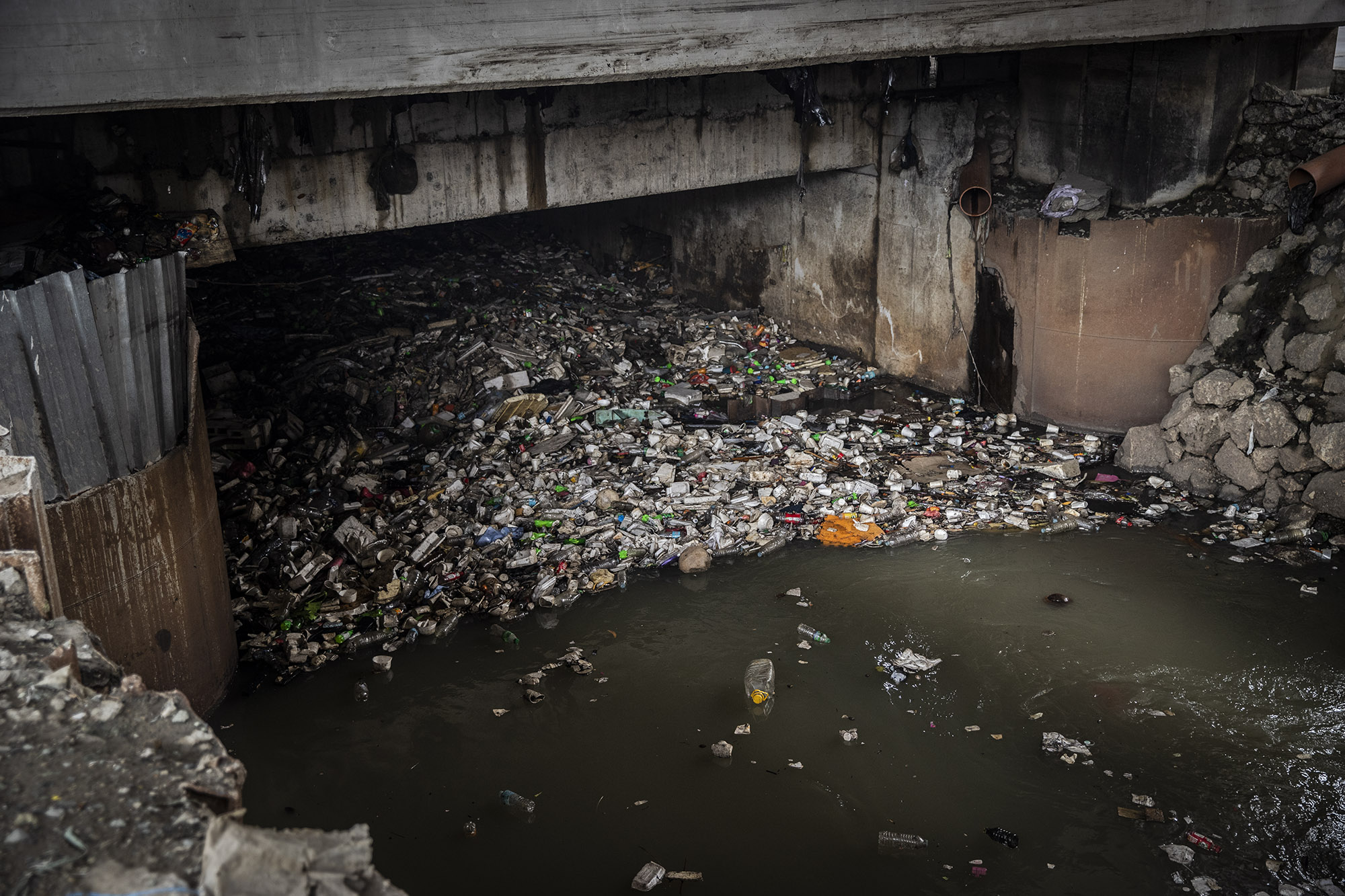
Plastic build-up in the waterways of Metro Manila. © Santi Palacios para Sonda Internacional
Rivers
These are the main waterways and means by which plastic waste flows through the Philippine capital as its heading towards the ocean. The amount of waste that reaches the bay is determined not only by the volume of plastic waste generated in the river valley —which in turn depends on population density, economic development and the efficiency of waste management schemes— but also by the climate, geographical considerations and the distance from the cities to the sea.
A series of factors in Metro Manila converge to create the perfect storm for dumping plastic into the ocean: high population density near waterways, rapid and unbalanced economic and industrial growth, an unreliable waste management system, and a megacity that was built right on the sea.
The three main rivers of the metropolis (the Pasig, the Tullahan and the Meycauayan) are among those which carry the greatest amount of waste to the sea worldwide, according to a study published in Science Advance. It is estimated that the Pasig alone, which stretches for over 16 miles, bisecting the city of Manila, contributes with 63,000 tons each year. All three rivers register extremely high concentrations of microplastics.
Nenita
In 1976, Nenita Azuelo, now 67, moved to a tenement house along the shore of Estero de Paco, a tributary of the Pasig. Just under a quarter of a mile from her house, in the middle of the tributary, is a blue fence that has been erected to block the flow of waste. Next to the fence, three men with t-shirts bearing the logo River Warriors remove waste from the waterway and put it into large sacks. They work for the river maintenance service that was created a decade ago. They are but a small cog in the imperfect wheel of river cleaning and maintenance services.
Next to Nenita's humble home is a small sari-sari kiosk, a neighborhood convenience store that stocks sundries, many of which are sold in single-serving sachets that end up floating in the waters of the Pasig. This waste is compounded by the domestic waste from this small neighborhood of around 300 inhabitants, where homes are not even equipped with septic tanks.
Even so, this area has gone through worse moments. The Pasig River Rehabilitation Commission, created in 1999 and dissolved in 2019 following a transfer of powers and functions, took on the area as a model project and implemented an intensive clean-up scheme. Waste continues to float in the waters, but the initiative was indeed a milestone for the city.
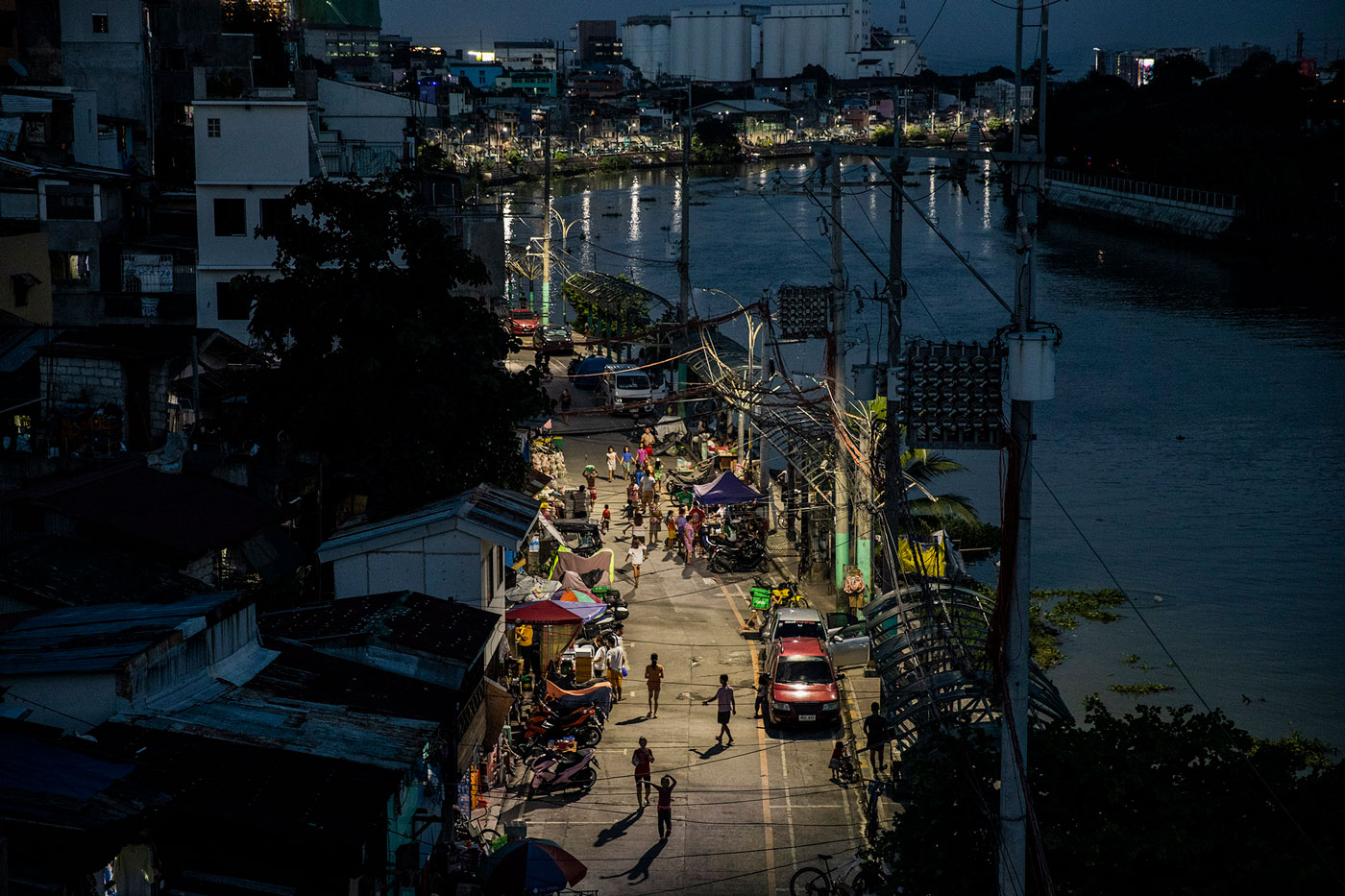
The Pasig River as it bisects Metro Manila. © Santi Palacios para Sonda Internacional
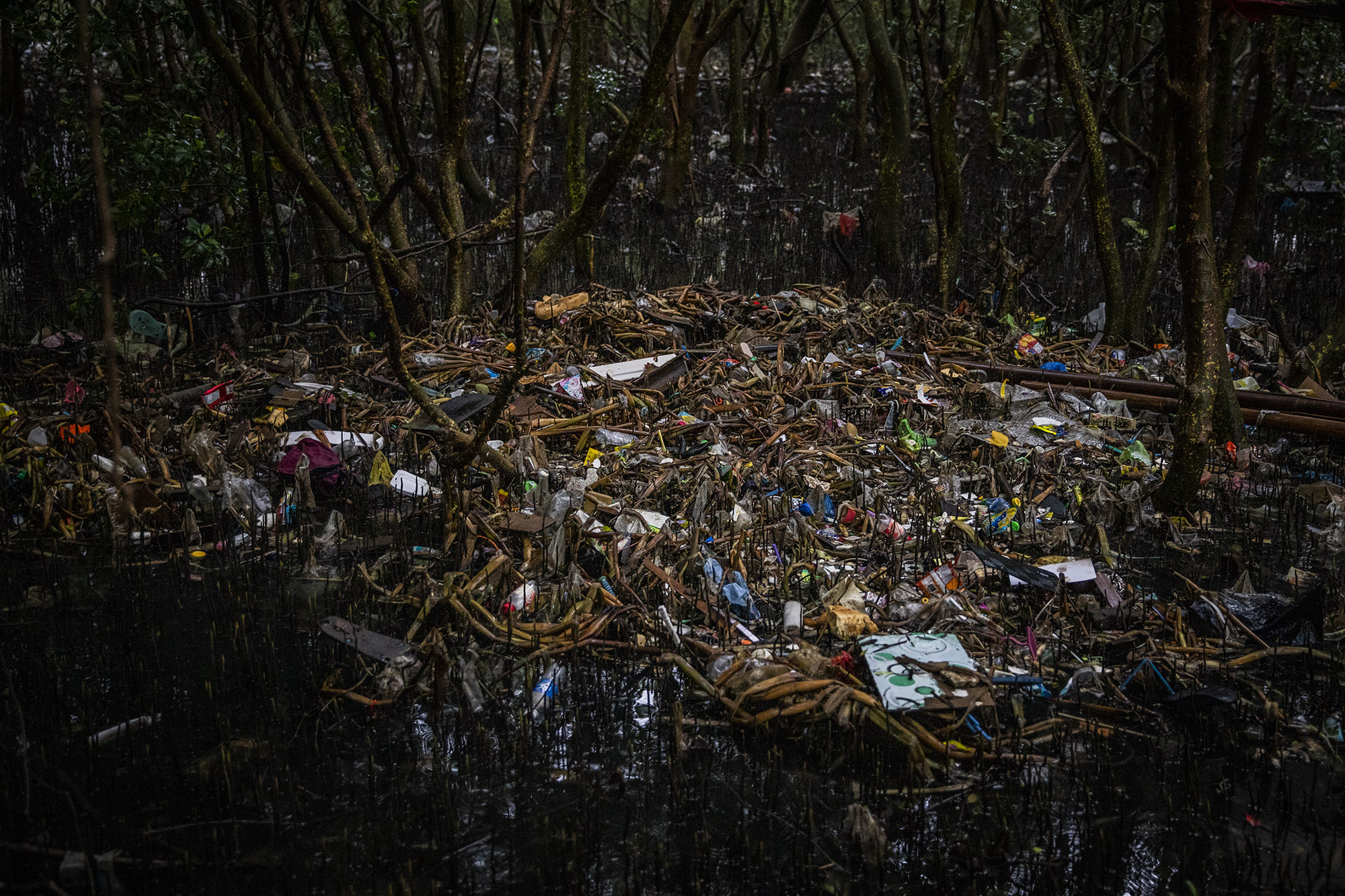
Plastic waste chokes the mangroves of Tanza Marine Tree Park. © Santi Palacios para Sonda Internacional
Mangroves
Industrialization and the unfettered urban growth of the capital over the last century has destroyed the vast majority of mangroves in the bay. Today, fewer than 1,250 acres remain of the 133,000 that are believed to have existed at the end of the 19th century.
Mangroves play an essential role in the region's ecosystem. They act as a natural barrier to mitigate the force of storms and tsunamis; they provide a refuge for numerous species of migratory birds; and at the same time, they act as effective carbon sinks.
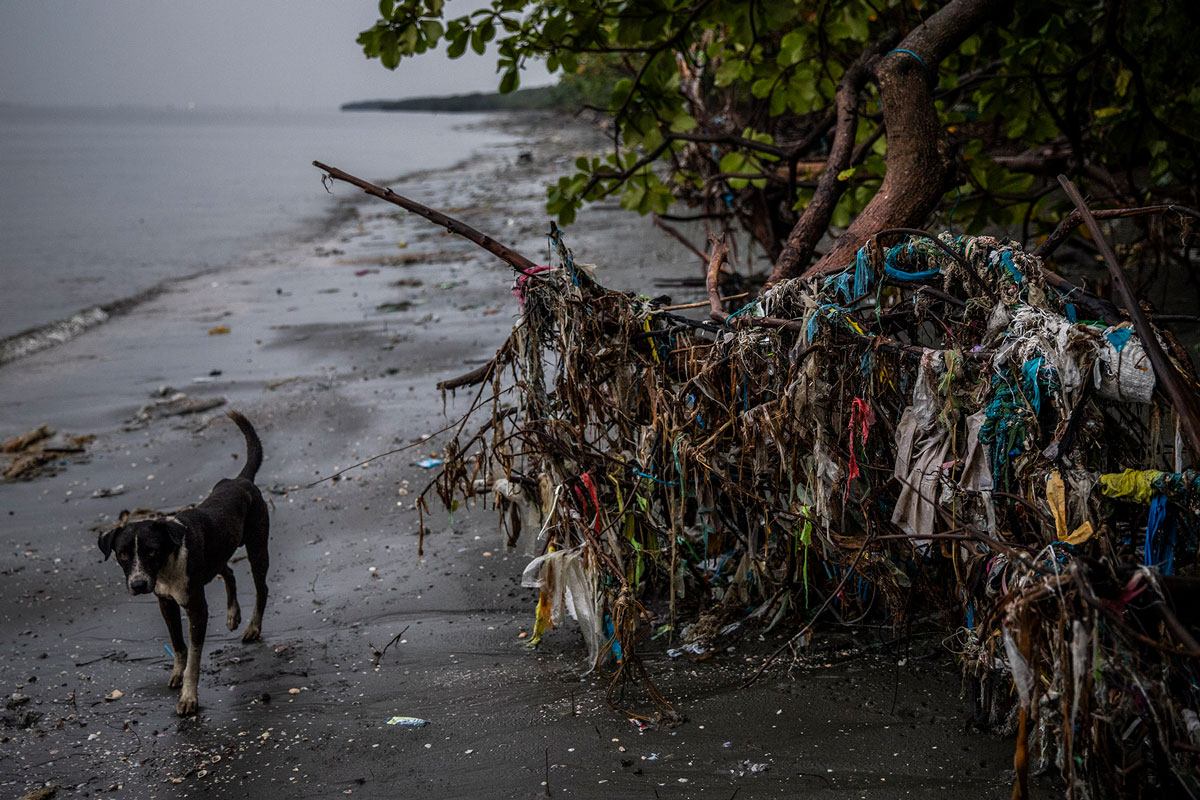
Shores of the Tanza Marine Tree Park, in Manila Bay. © Santi Palacios para Sonda Internacional
The sea of waste that reaches the coast and Tanza Marine Tree Park and Freedom Island —biosphere reserves located on opposite ends of the megacity— is an additional threat for the survival of the mangroves, choked in plastics that cover their aerial roots and prevent them from regenerating. Despite efforts to clean up the marine parks, garbage continues to accumulate in a continuous flow. At Tanza Marine Tree Park at the north end of the bay, where only 65 acres of mangroves remain, nearly five tons of waste are collected each month.
Reneboy
Reneboy is 40 years old and lives in Tanza Marine Tree Park. Years ago he earned his livelihood by fishing, but now it is impossible to survive on what he can extract from the sea. Today his nets catch more plastic than fish. Now he survives by making charcoal, which brings in up to 2,000 pesos a week (around $34), combining this activity with cleaning and selling plastic he collects from the shore, an activity that supplies another 500 pesos ($8.50).
Here the plastic waste builds up in the mangroves, becoming trapped in the branches and extending like a carpet over the coast. “Sometimes plastic is harmful, but it can also be a blessing.”
Plastic floating in the waters of Manila Bay. © Mikel Konate para Sonda Internacional
Manila Bay
With some 125 miles of coastline, Manila Bay is one of the most highly polluted bays in the world, affecting both water and coast. The provinces of Cavite, Bulacan, Pampanga and Bataan share the coast with the capital, and the area is home to nearly 16 million people.
The bay and the surrounding vicinity are the hub of economic activity in the Philippine archipelago, ranging from industrial activity to shipbuilding, fishing, tourism, aquaculture and commercial ventures.
In the areas nearest the coast, water testing points to an elevated presence of bacteria such as E. coli, but data is scarce, which makes it difficult to implement specific measures. To address this lack of information and help bring pollution to the forefront, oceanographer Deo Onda and his team from the Marine Science Institute at University of the Philippines have created a website called PlastiCount Pilipinas, a resource bank of scientific research on plastics and microplastics in the archipelago. The project underscores the limited studies that have been done on the bay. What is clear from the studies that have been done, however, is that enormous amounts of microplastic are present in the area. “The first thing that we need to know is where they are, how much there are and what type of plastics, so that we can answer questions such as where are they coming from? Where are they actually accumulating? Why are they accumulating there? What is the best approach to manage them? We actually need to come up with data and translate this data into policies” says Deo Onda. "We have just scratched the surface of the problem."
He also speaks about the consequences of this pollution. Larger plastic waste may be covered with bacterial biofilms, which provide a habitat for other potentially disease-causing microorganisms. “We have seen evidence that much of the bacteria present on plastic waste can cause disease in corals, fish or humans.” The food chain also contributes to microplastic pollution. Nearly all of the articles that are referenced on the PlastiCount website show that the fish under study had microplastic in their intestines. “How does this affect the larger fish? We don't know. How do the microplastics that we ingest in our food affect us? Again, we don't know. And therein lies the problem. This is something we are being exposed to, but we still don't know how it affects us.”
"Although we humans know that plastic is a problem, we are very visual people. Sometimes for us to appreciate the problem we have to see it."
Dr. Deo Onda
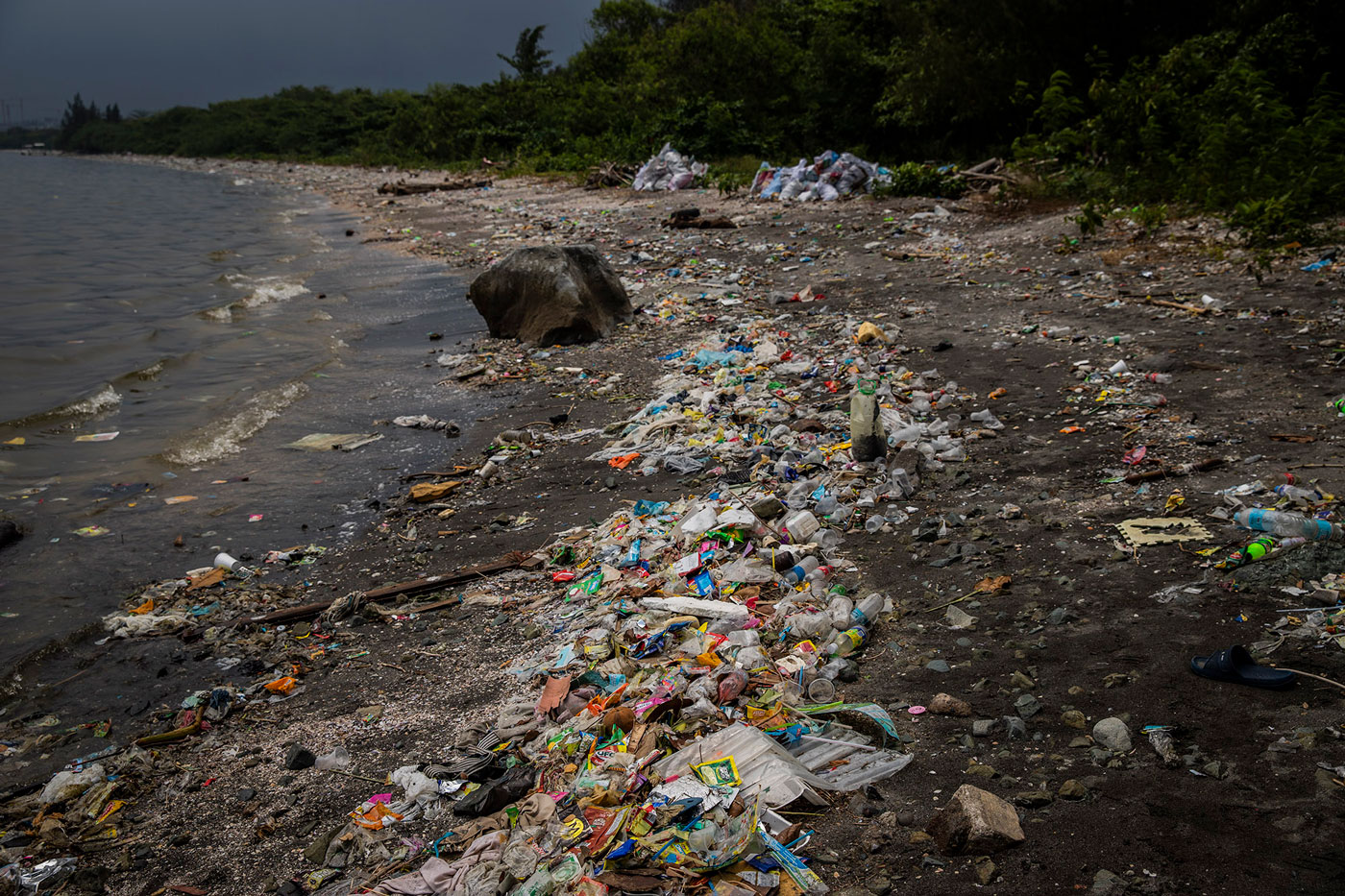
A beach on Freedom Island in Manila Bay is covered in plastic waste washed up by the tide. © Santi Palacios for Sonda Internacional


